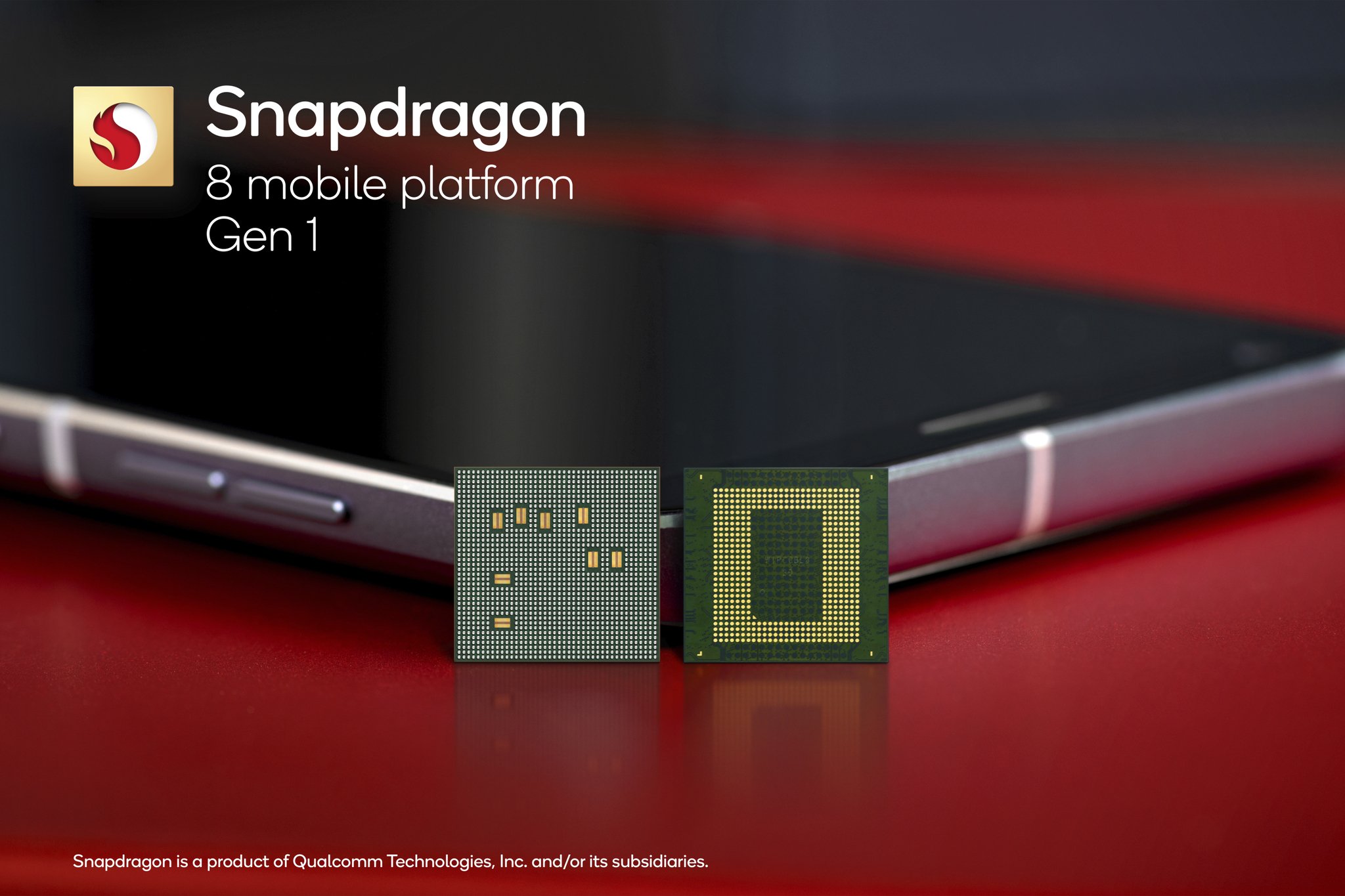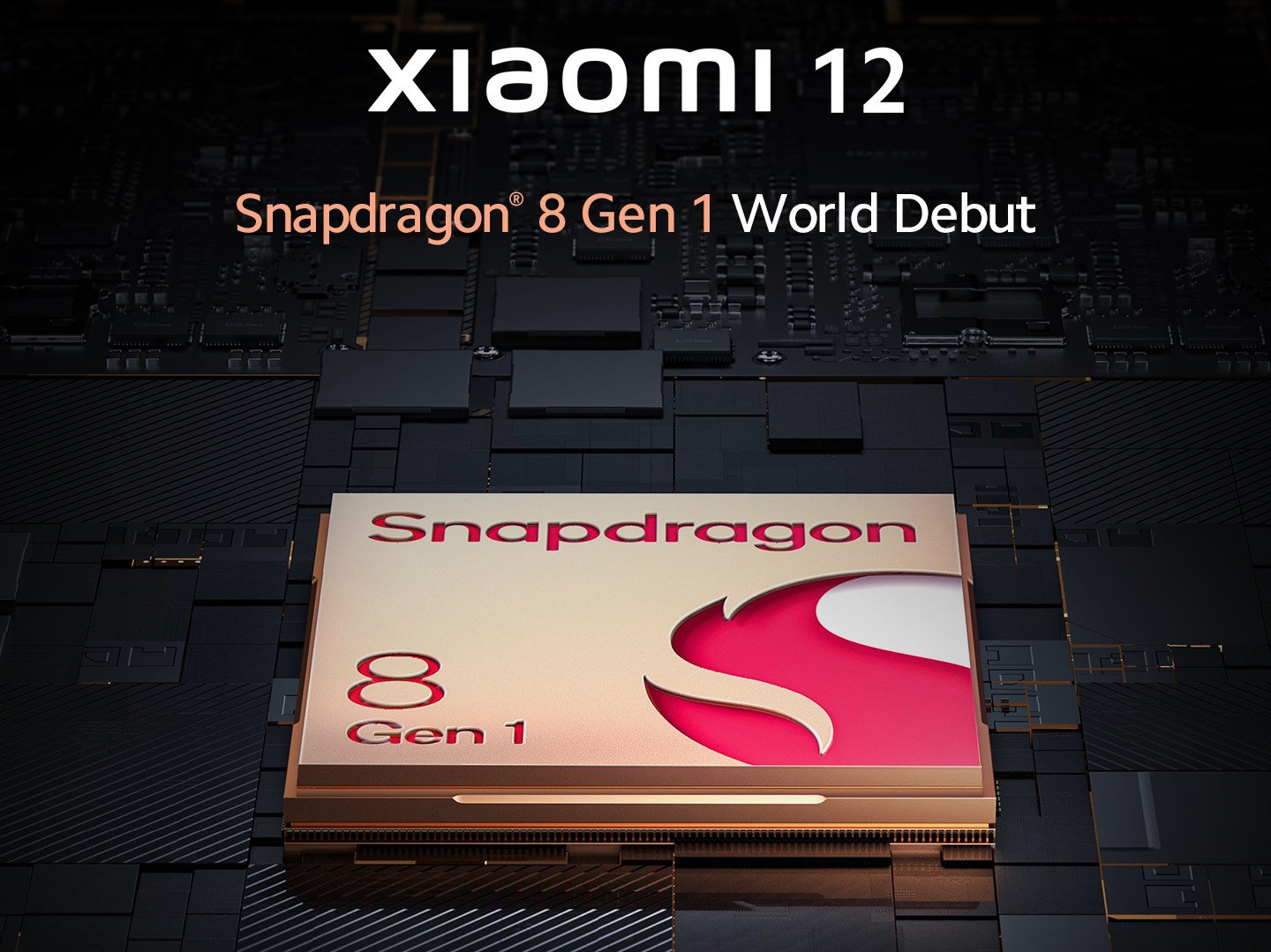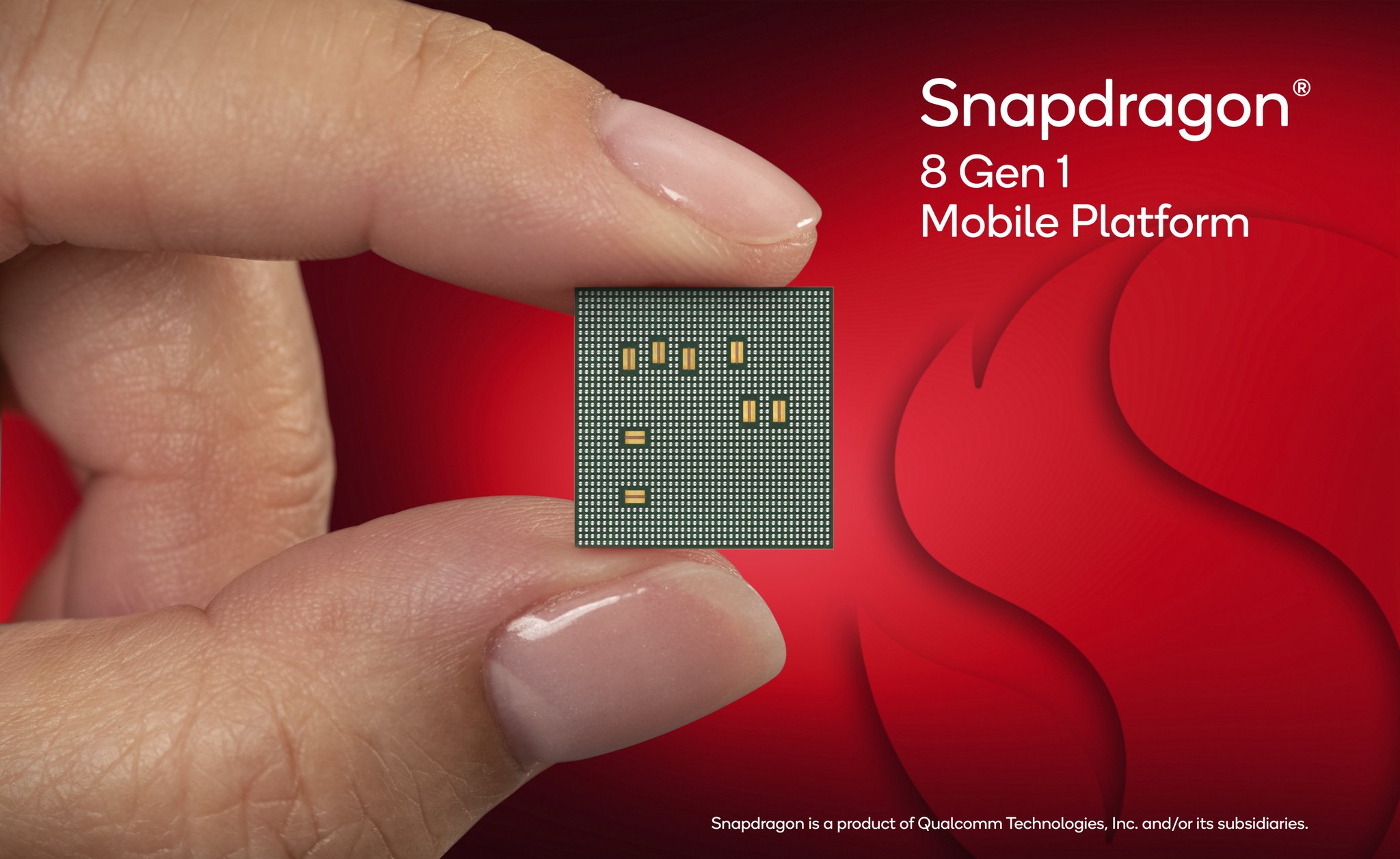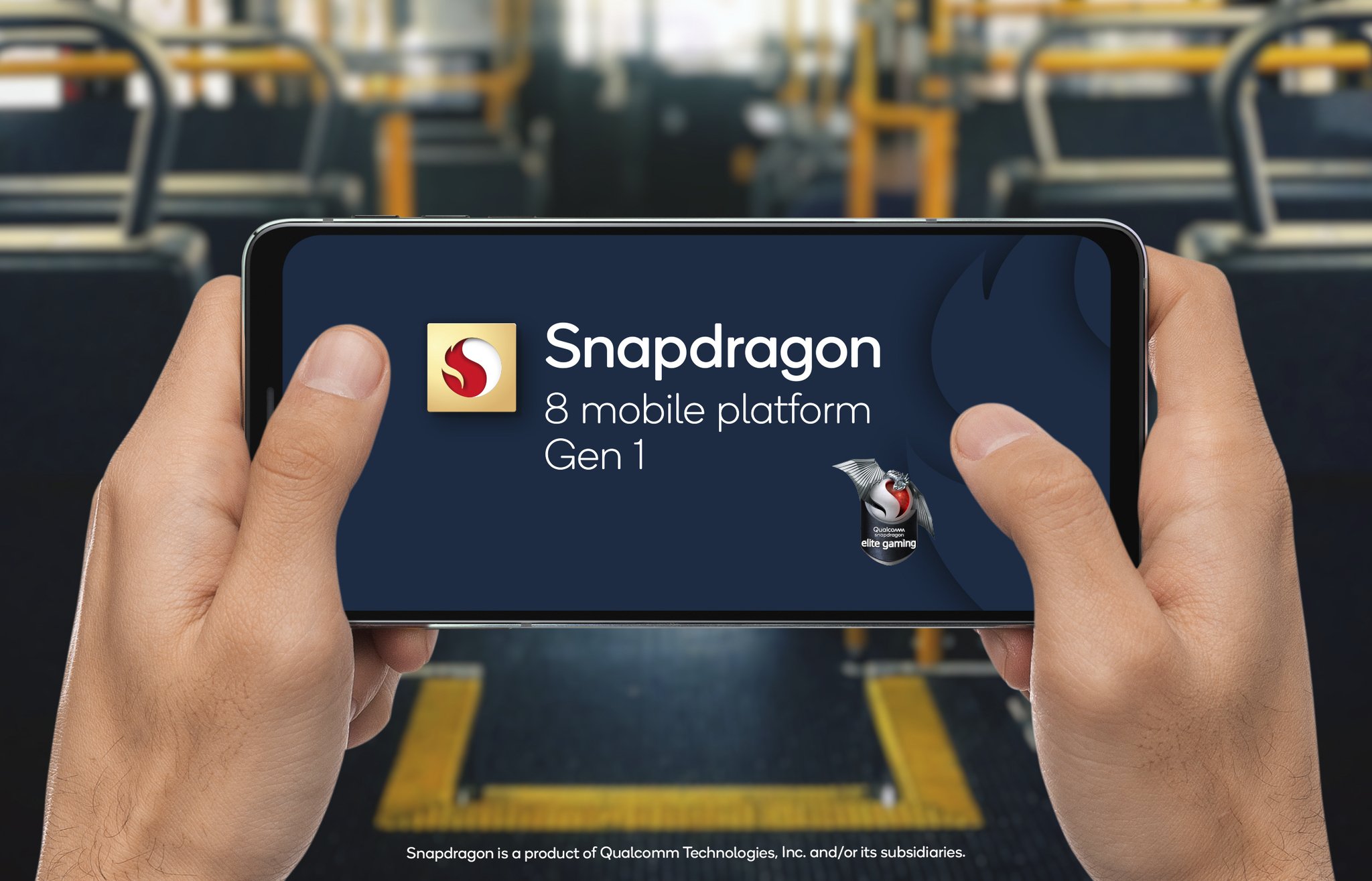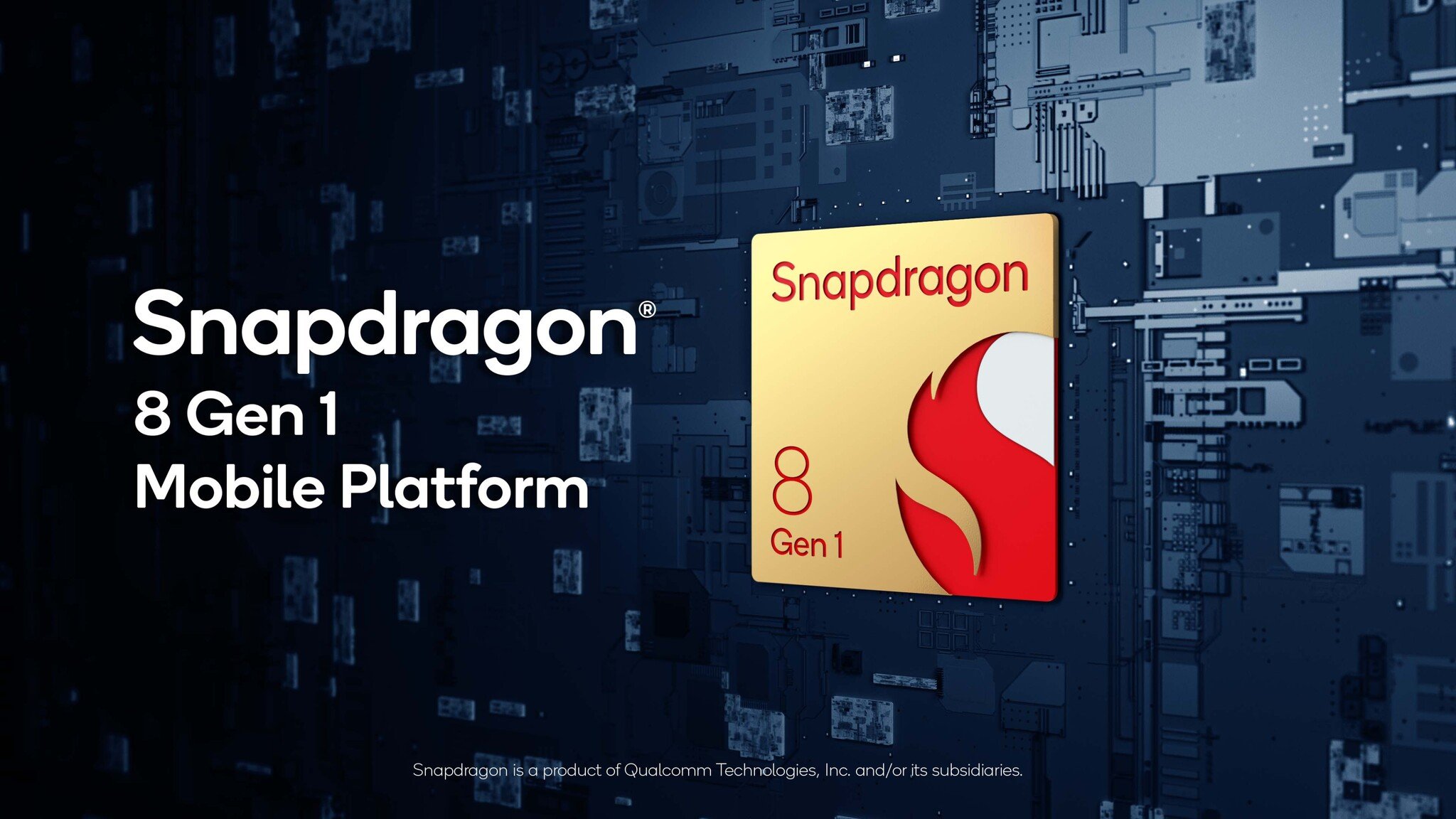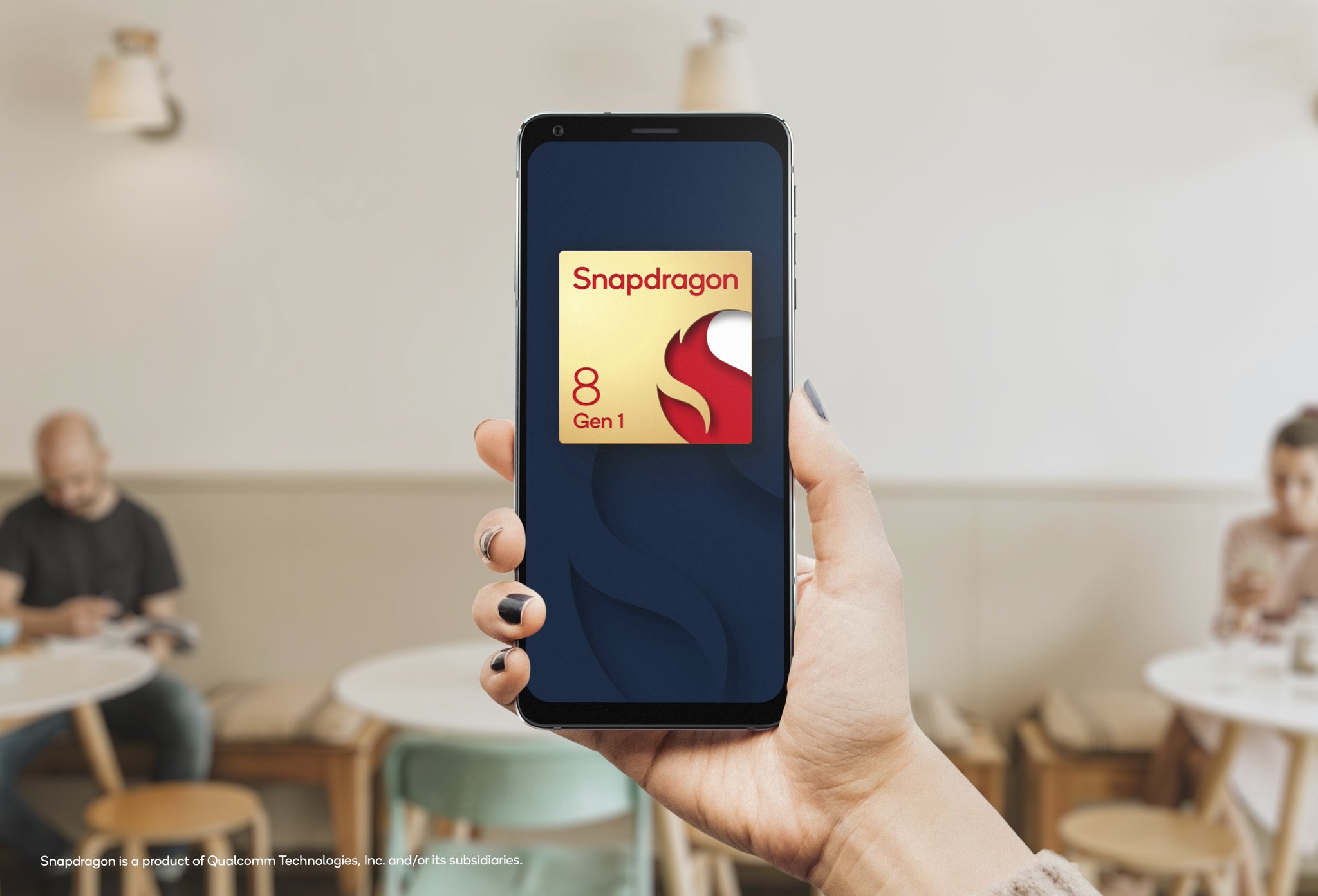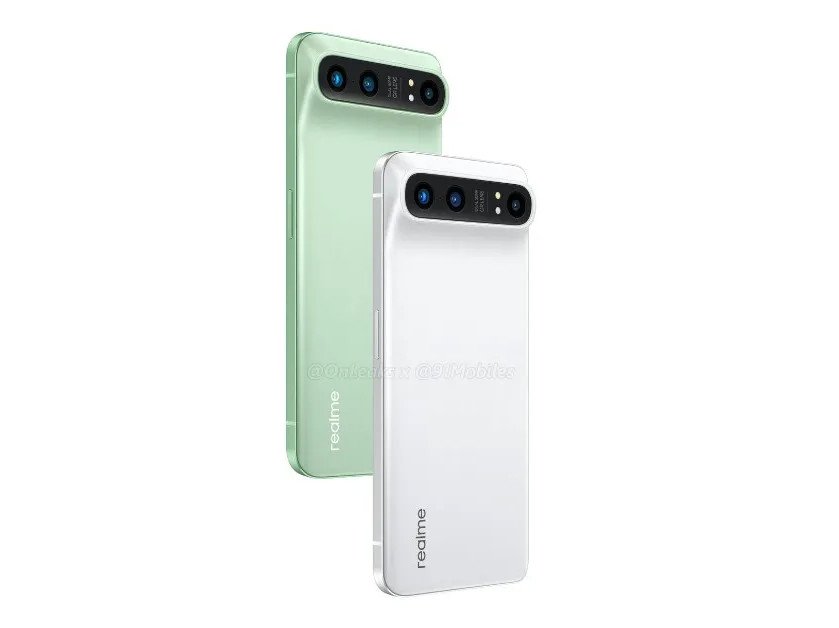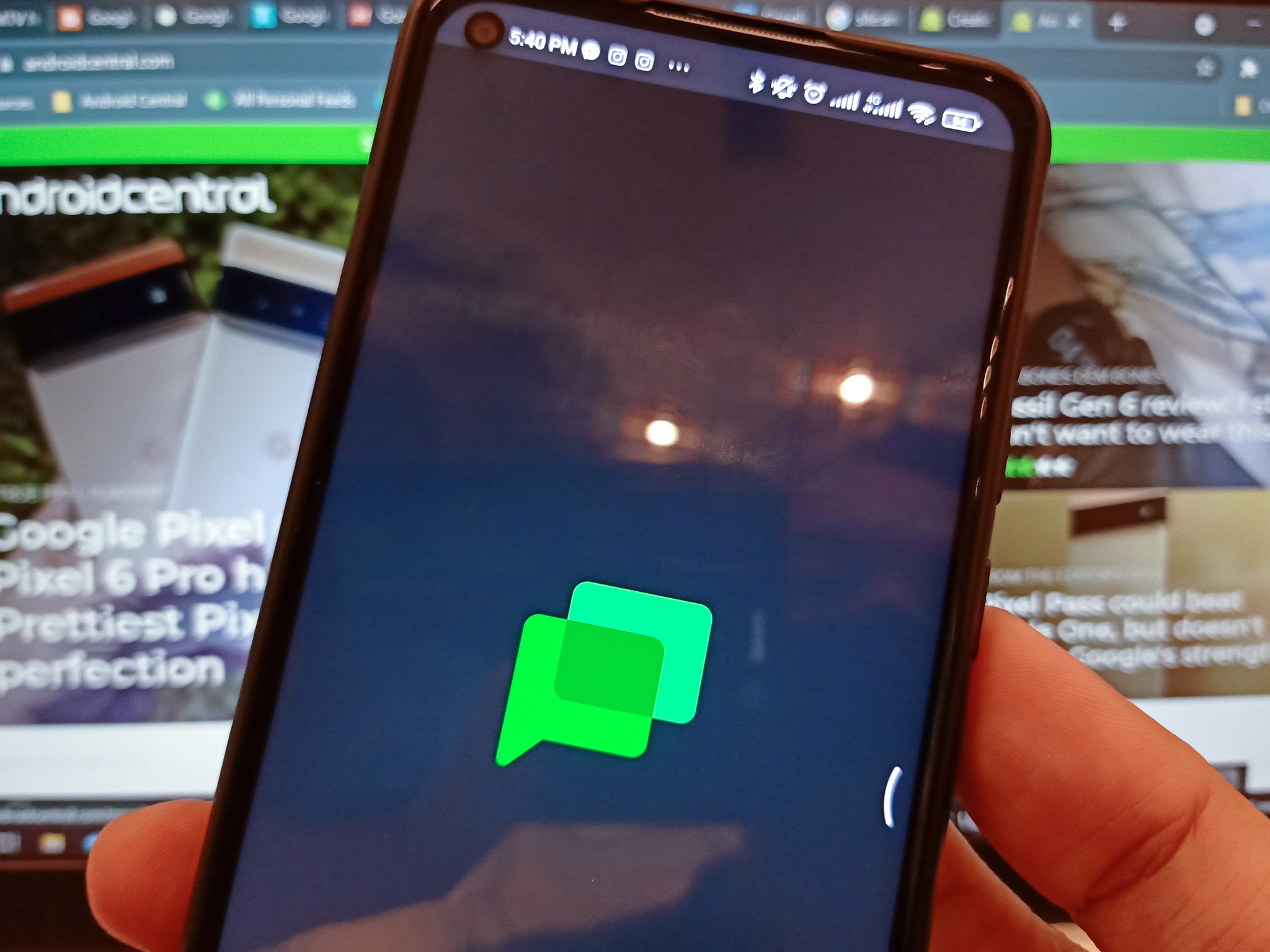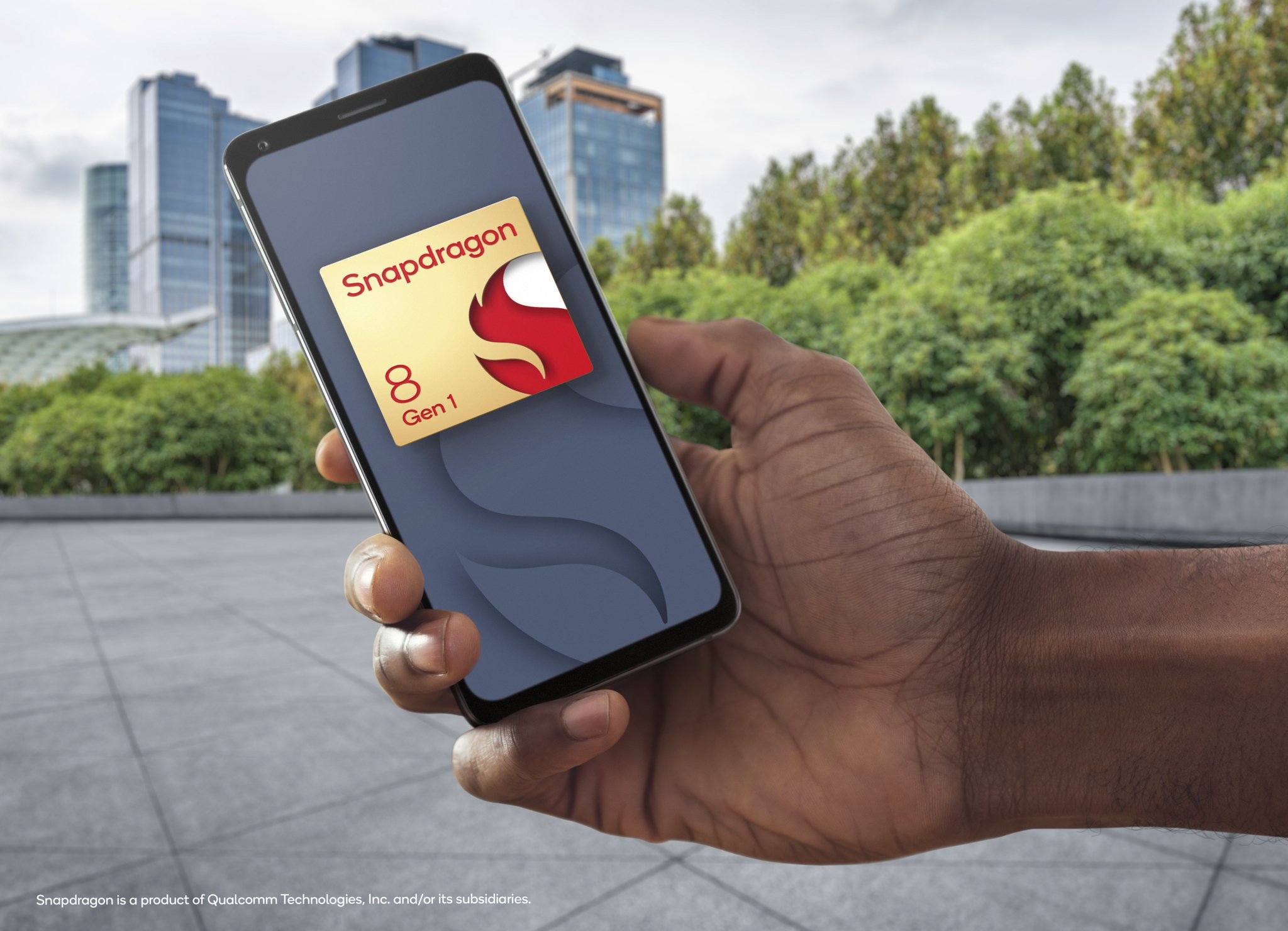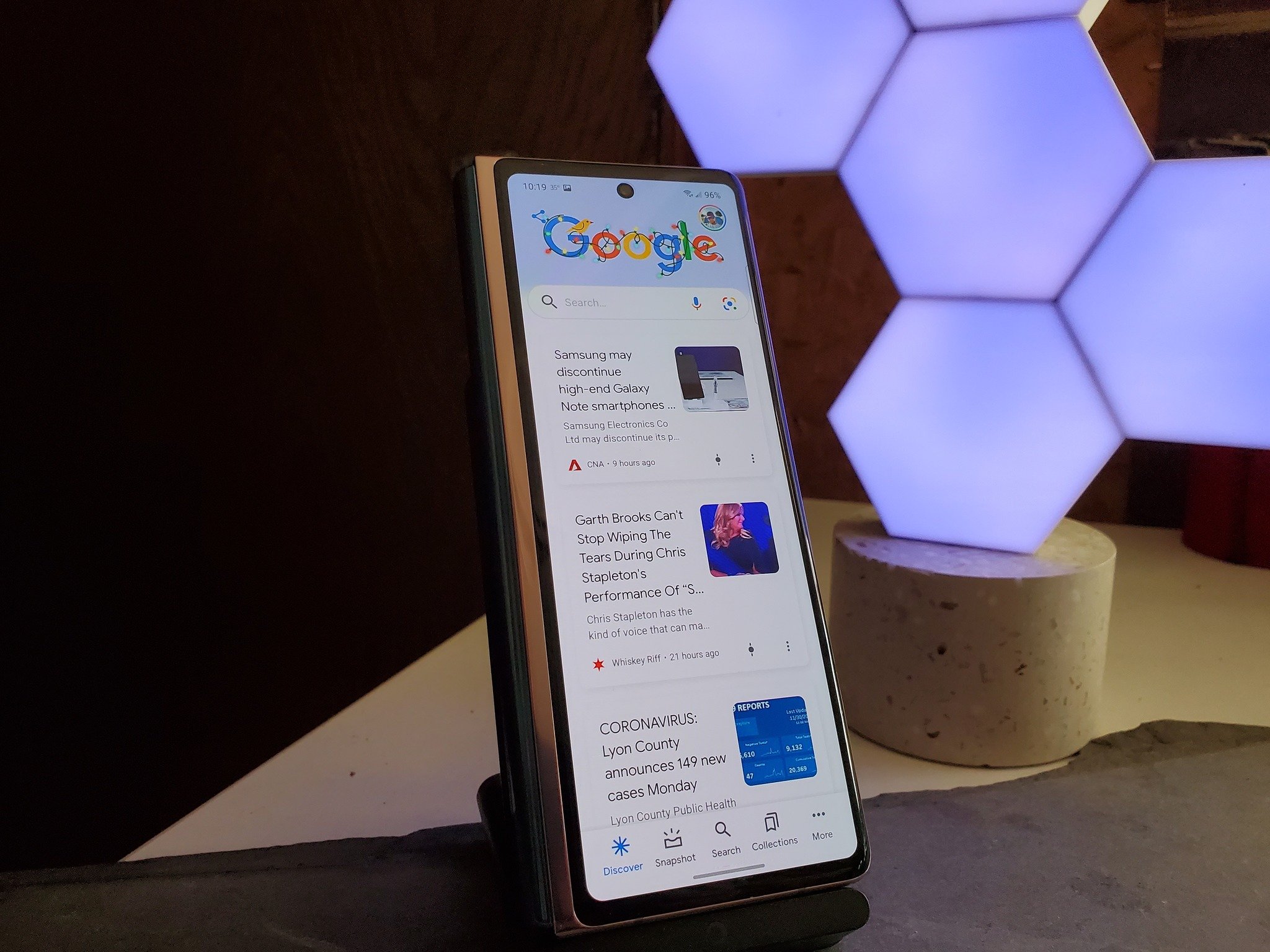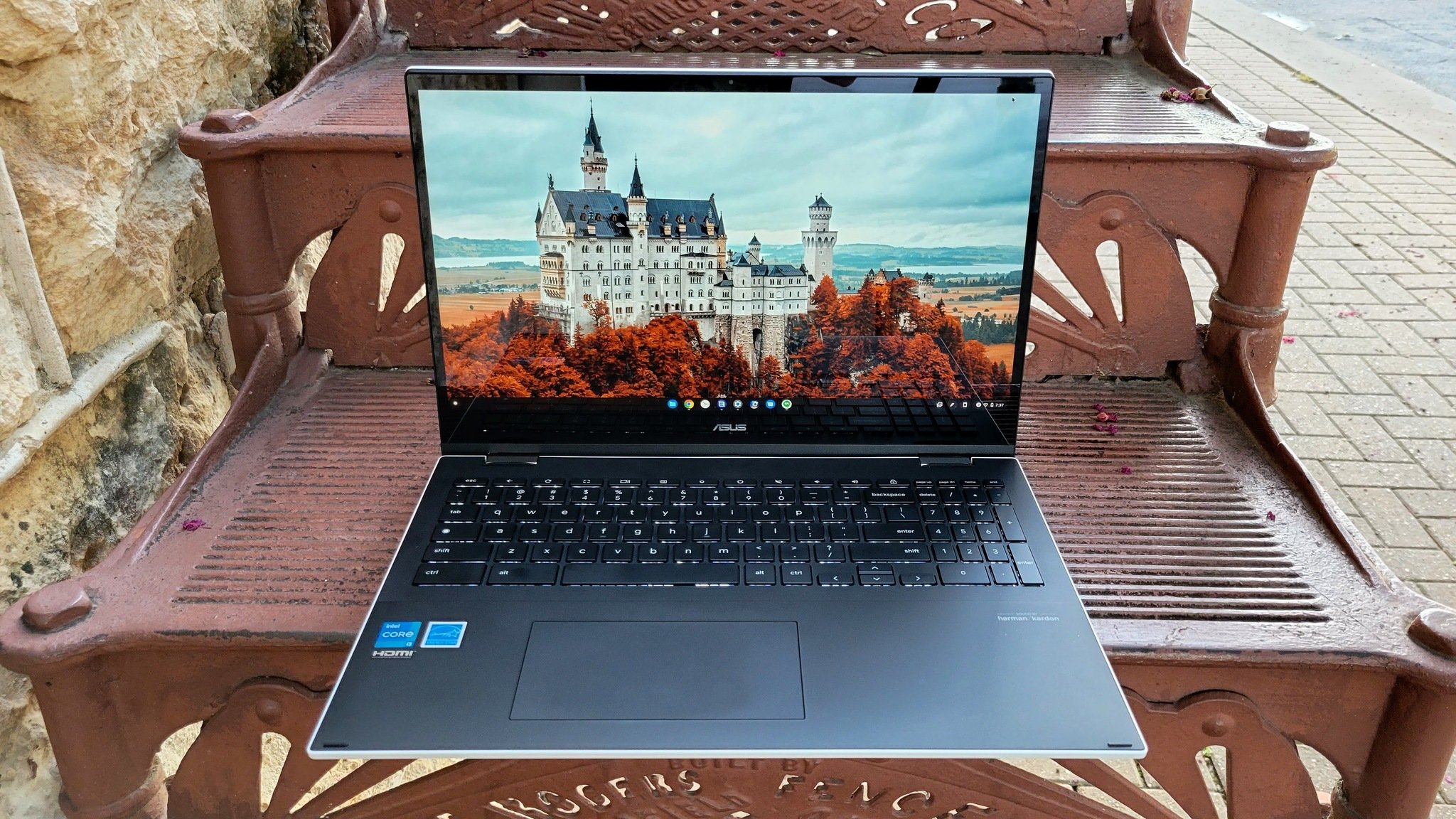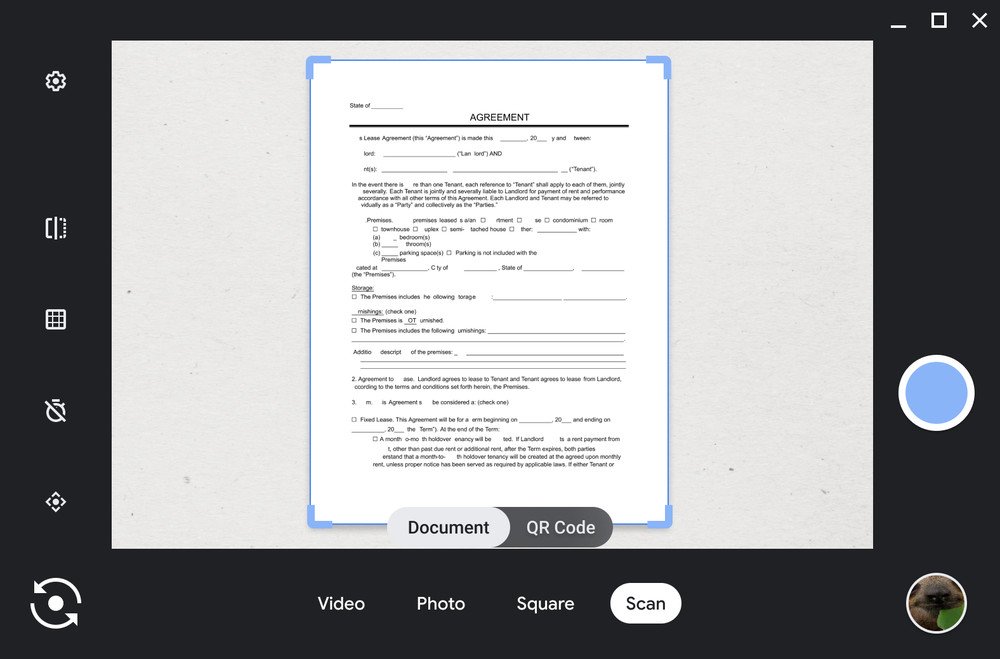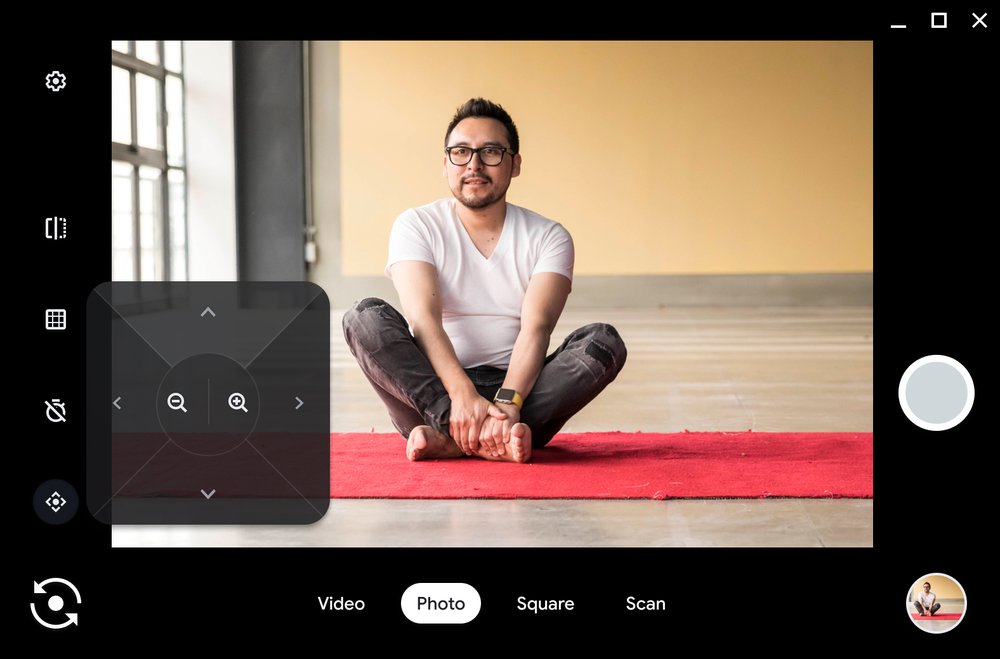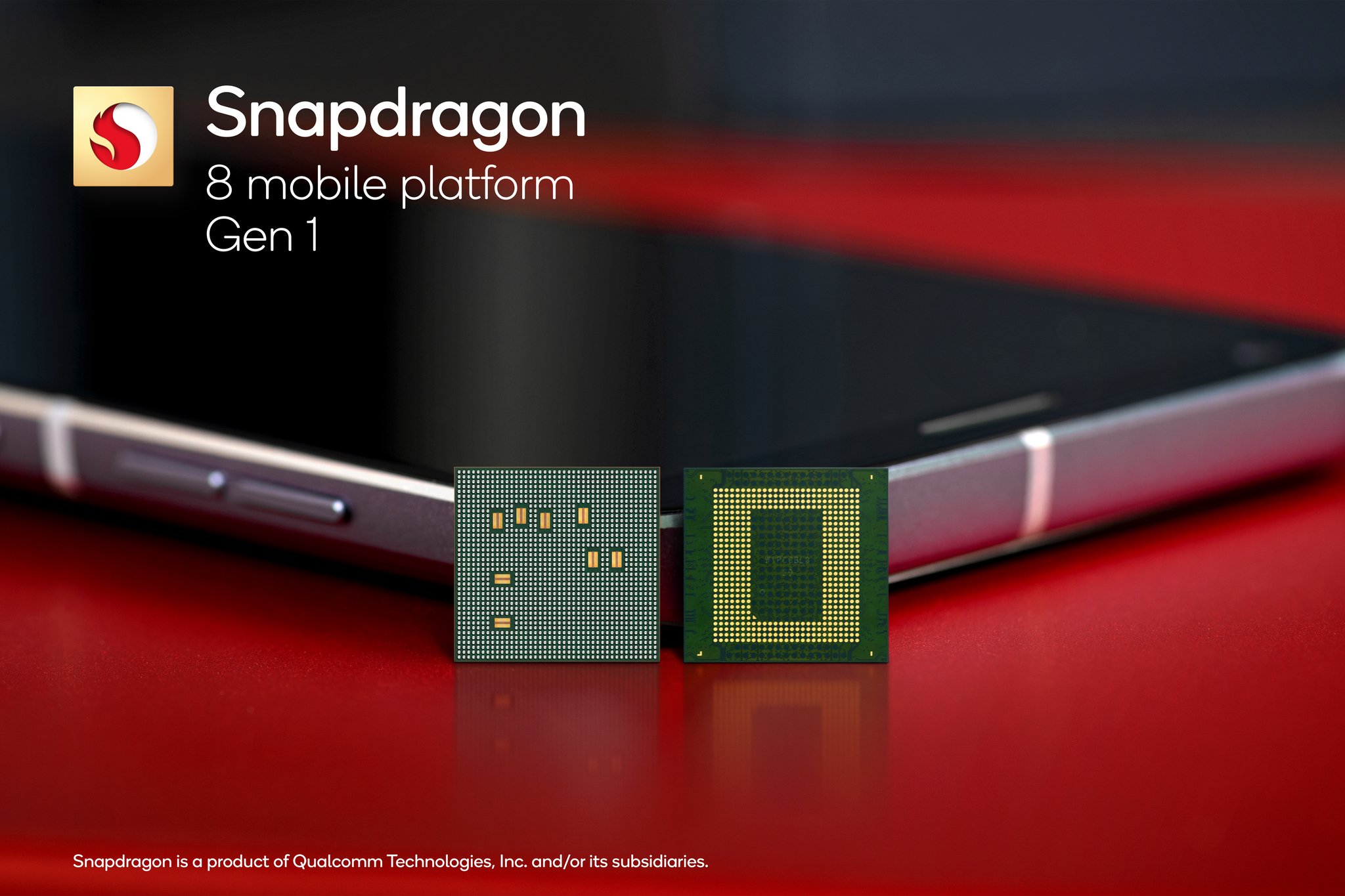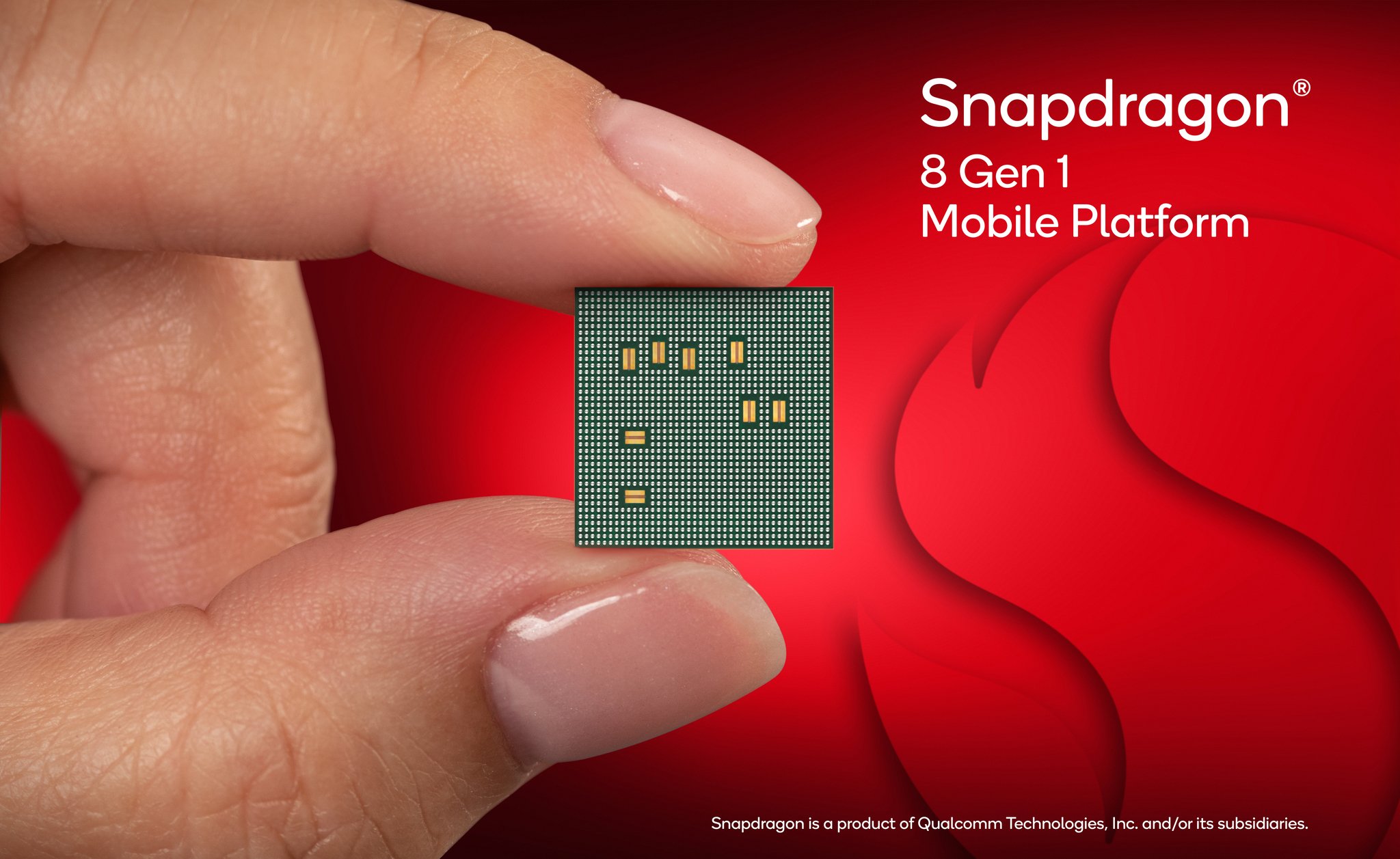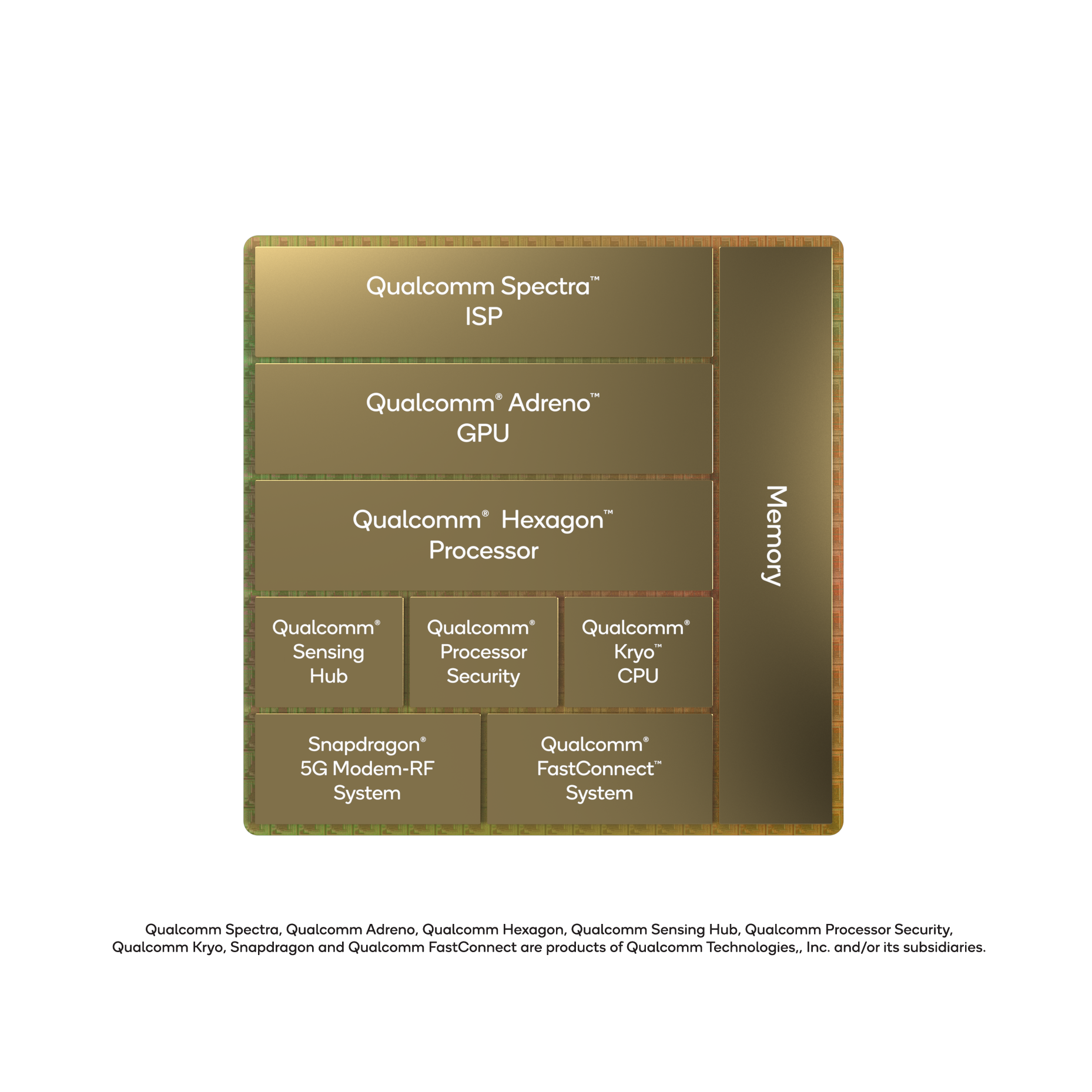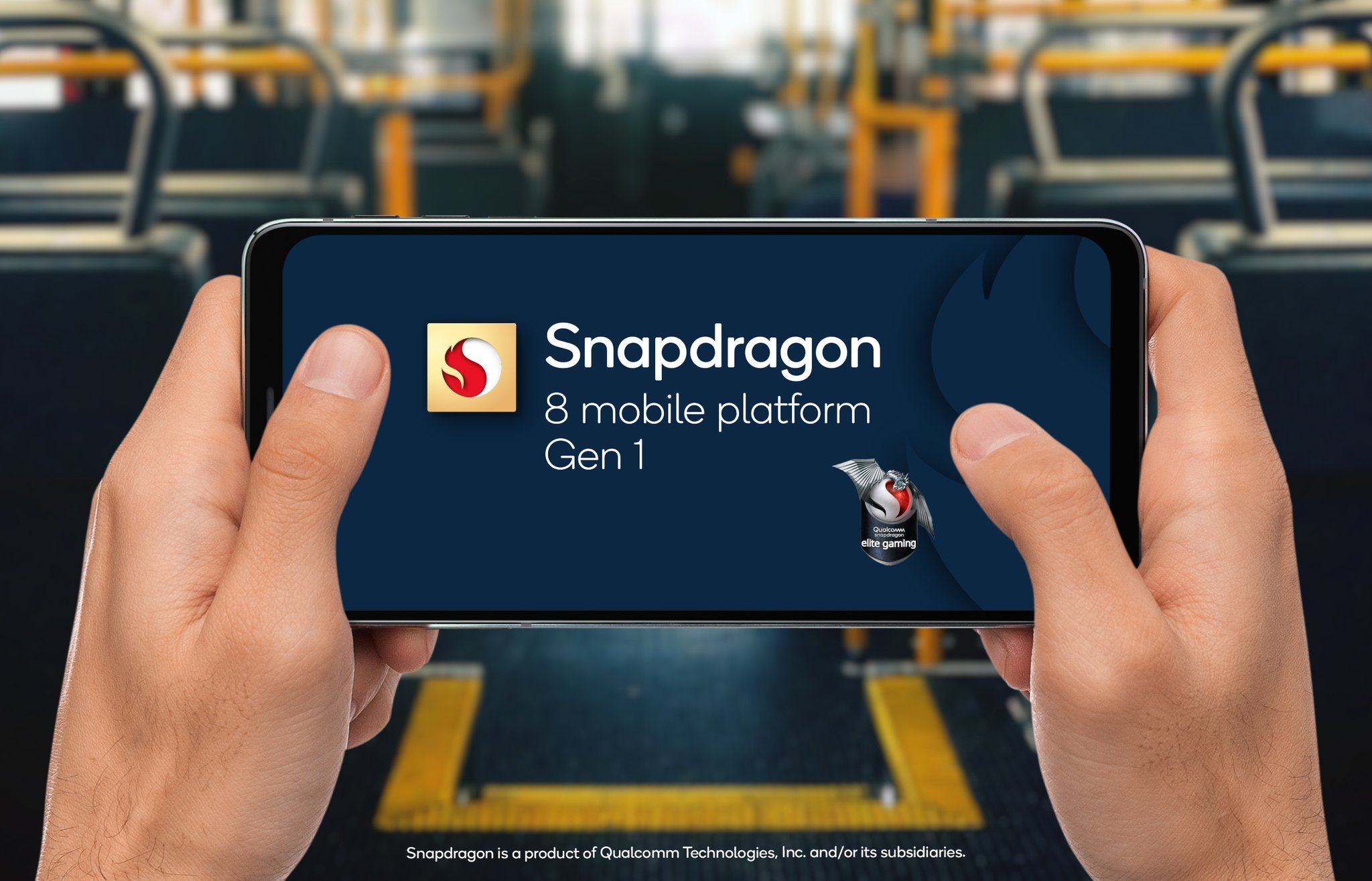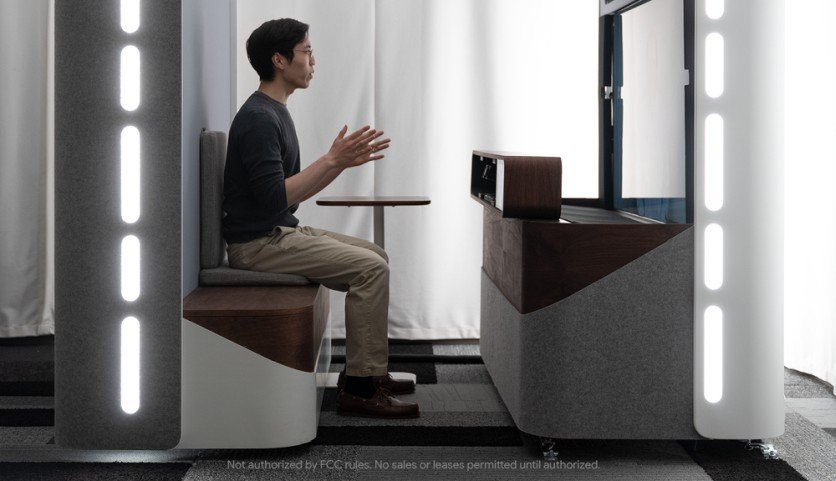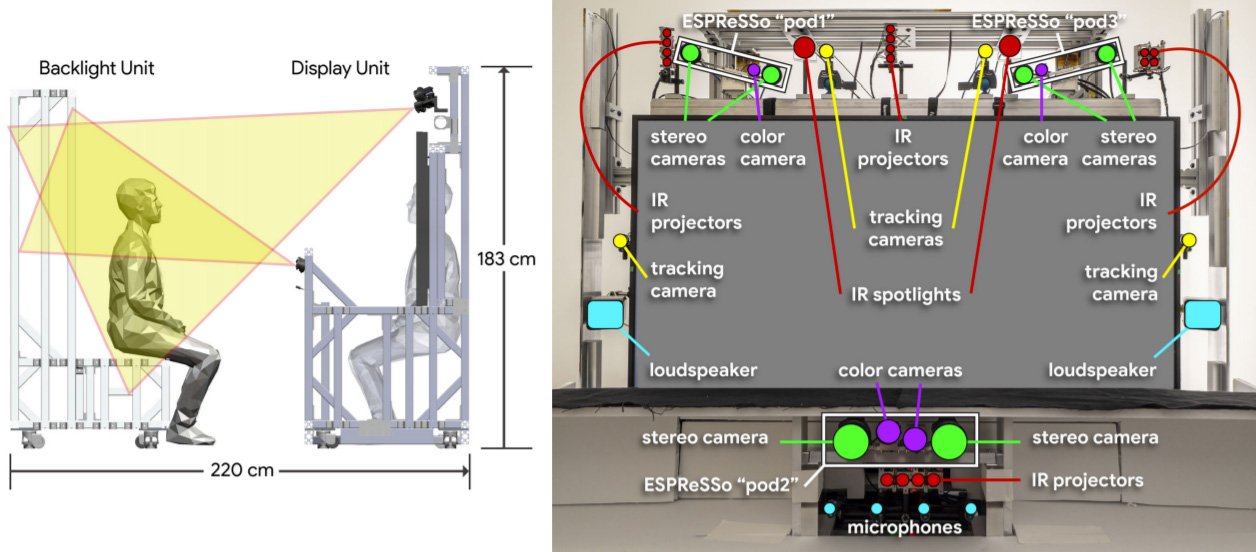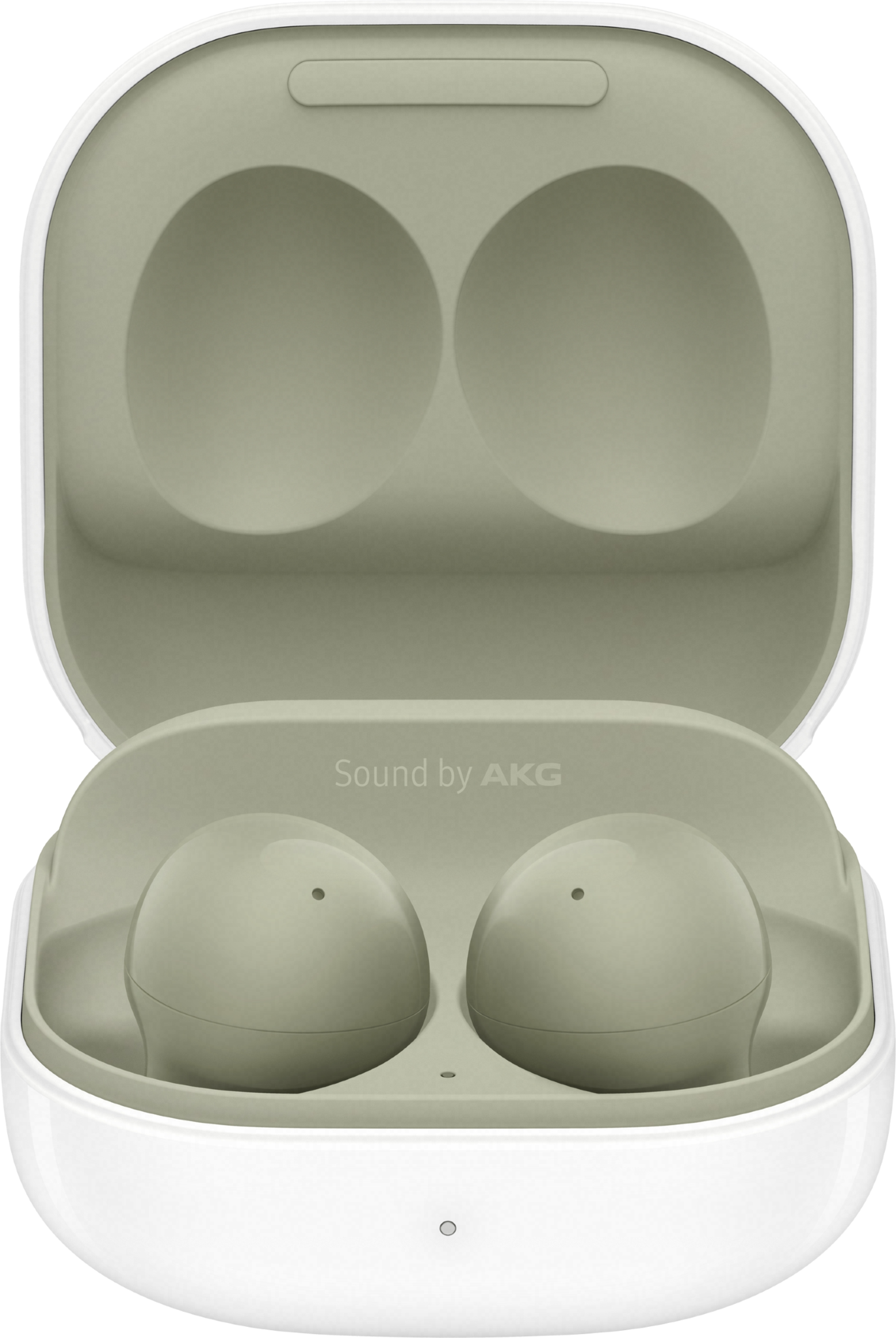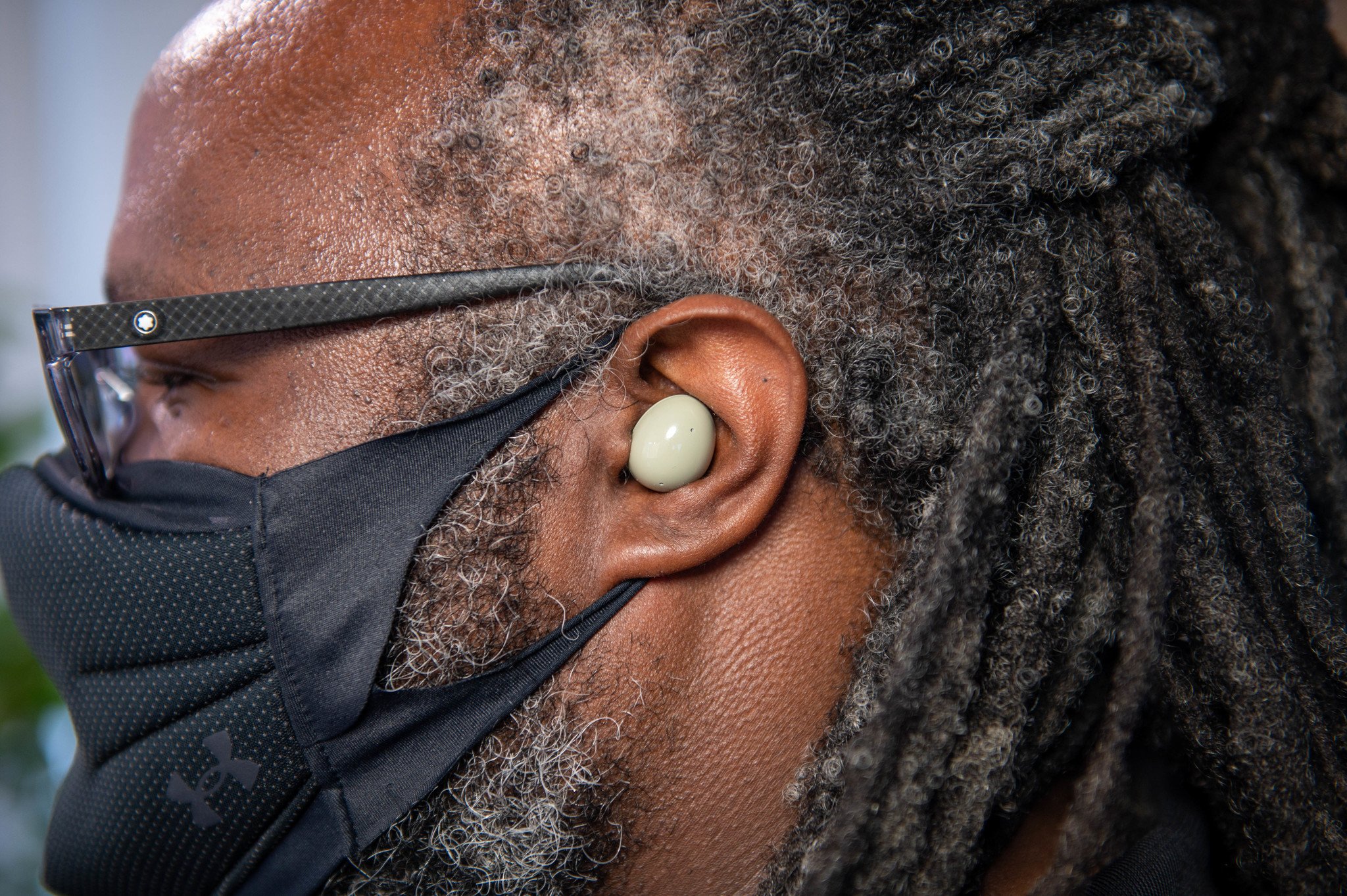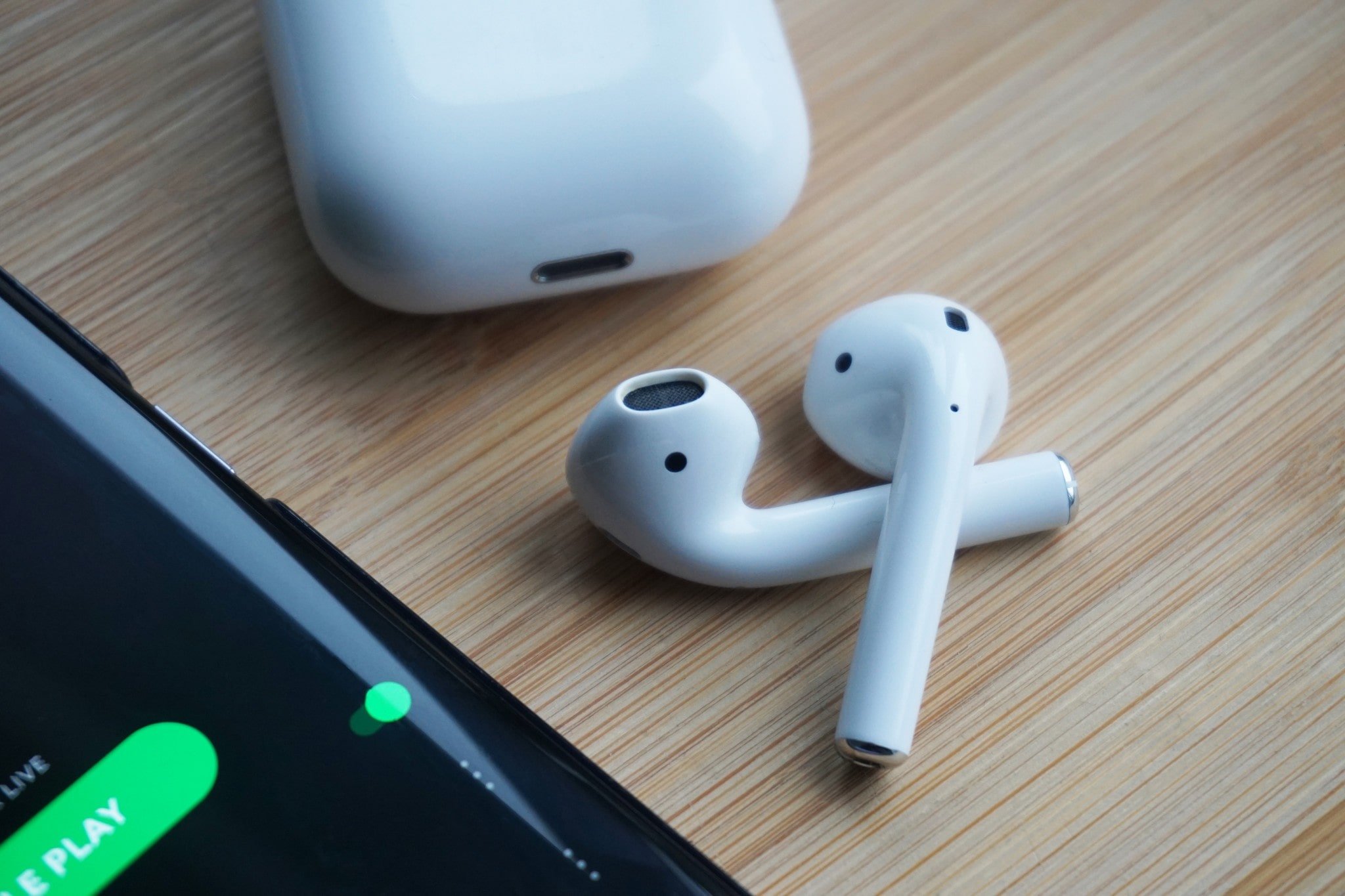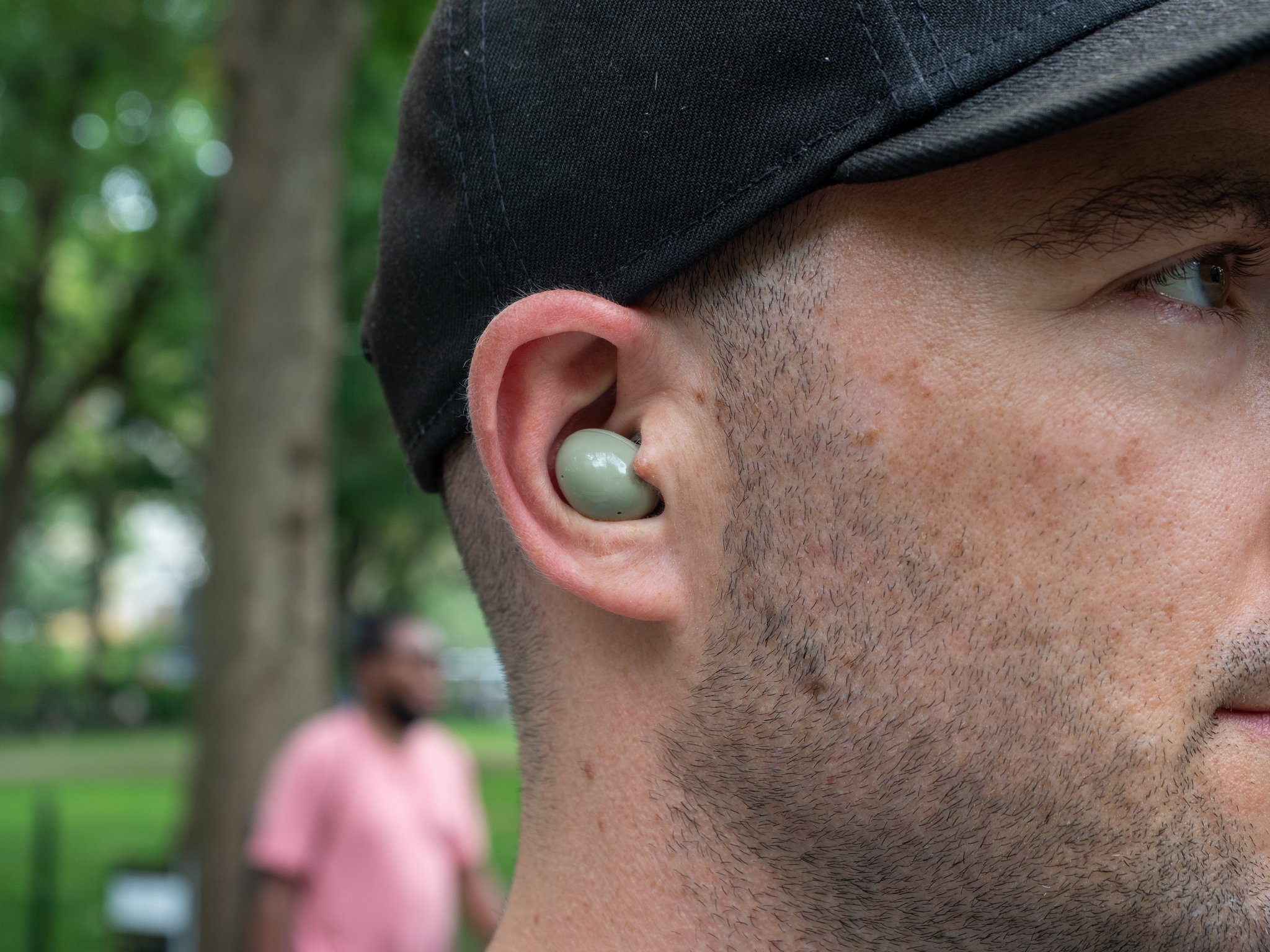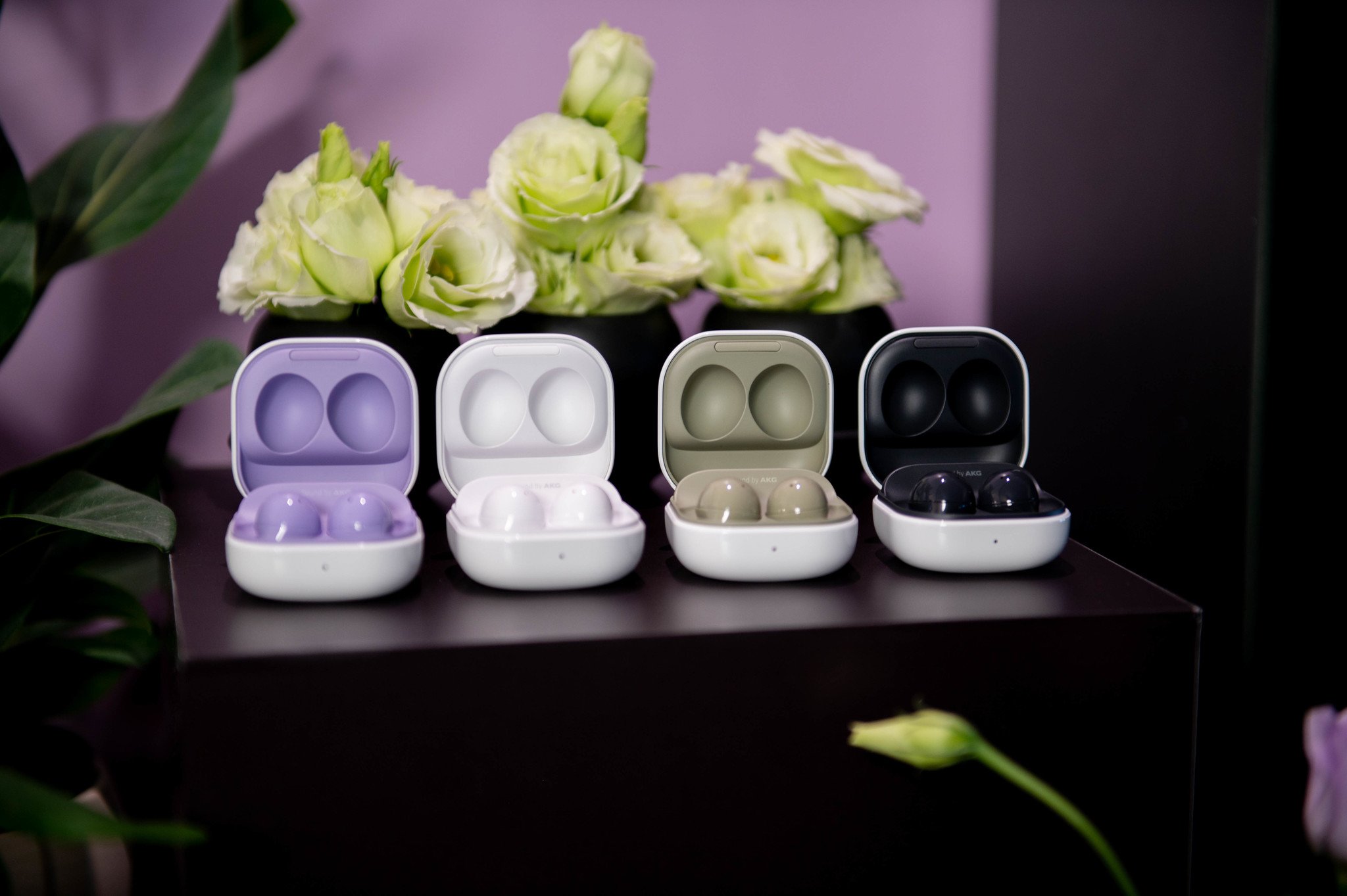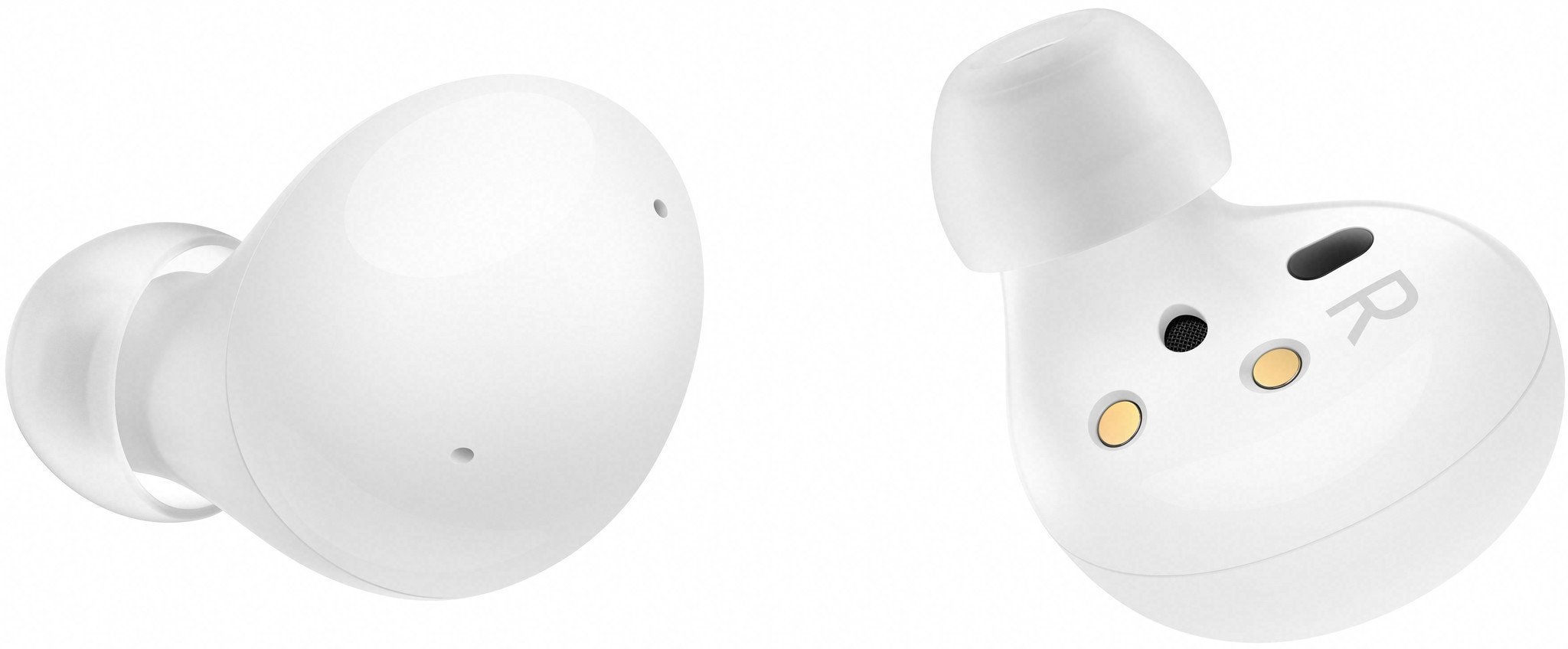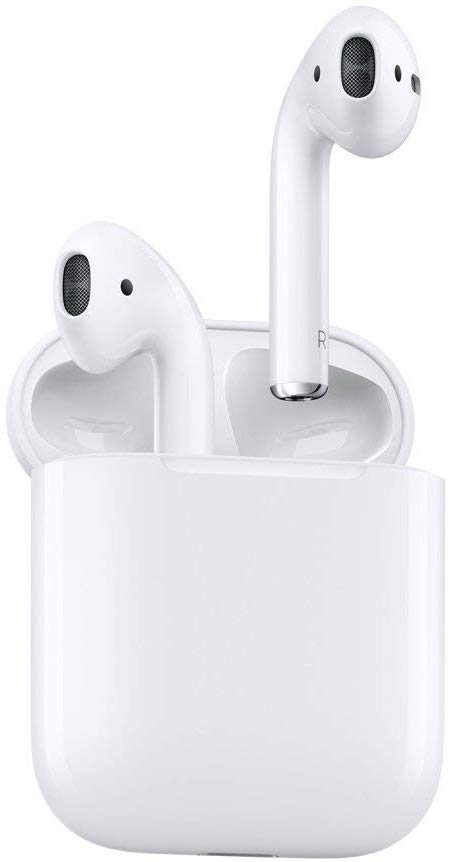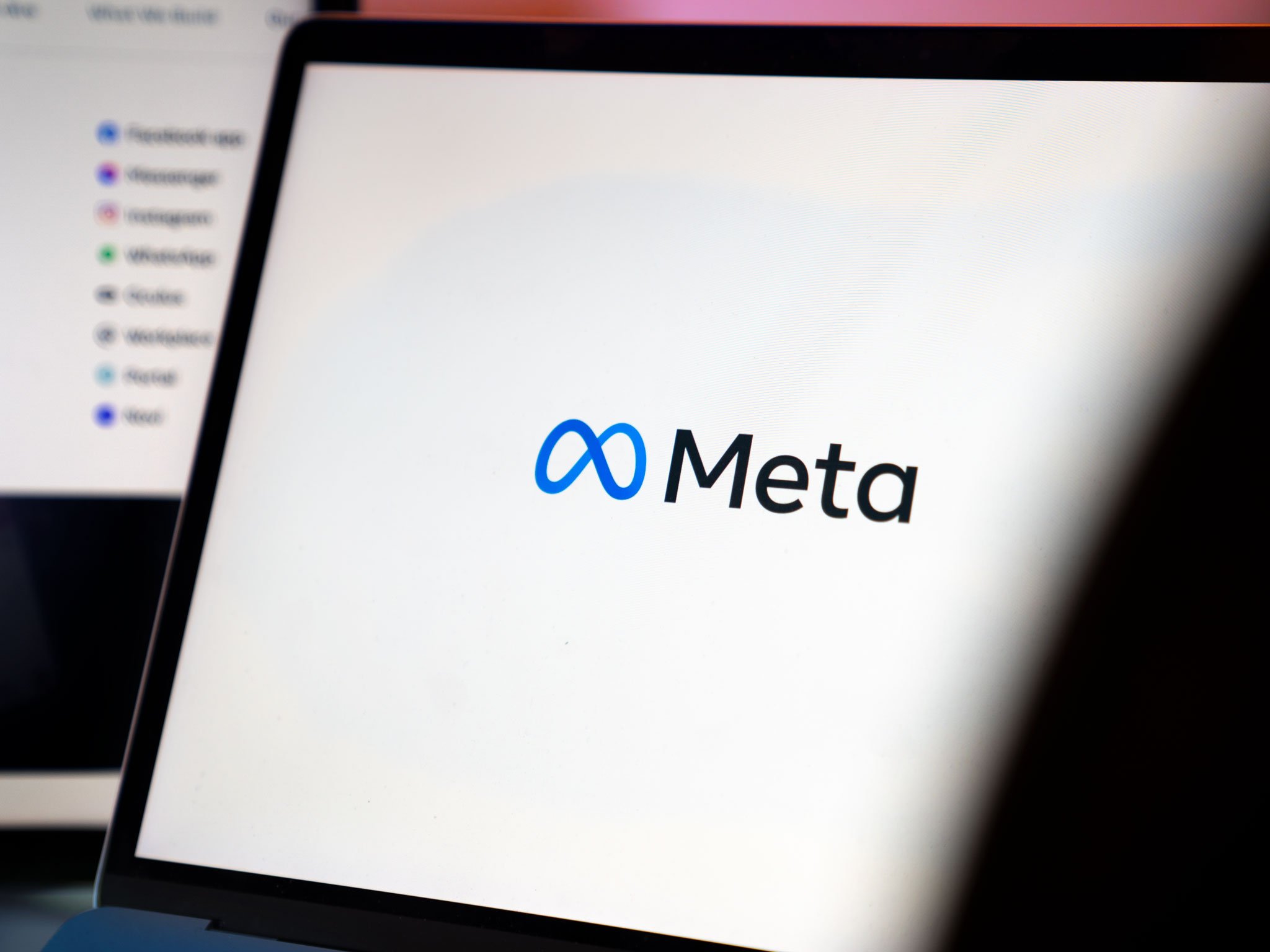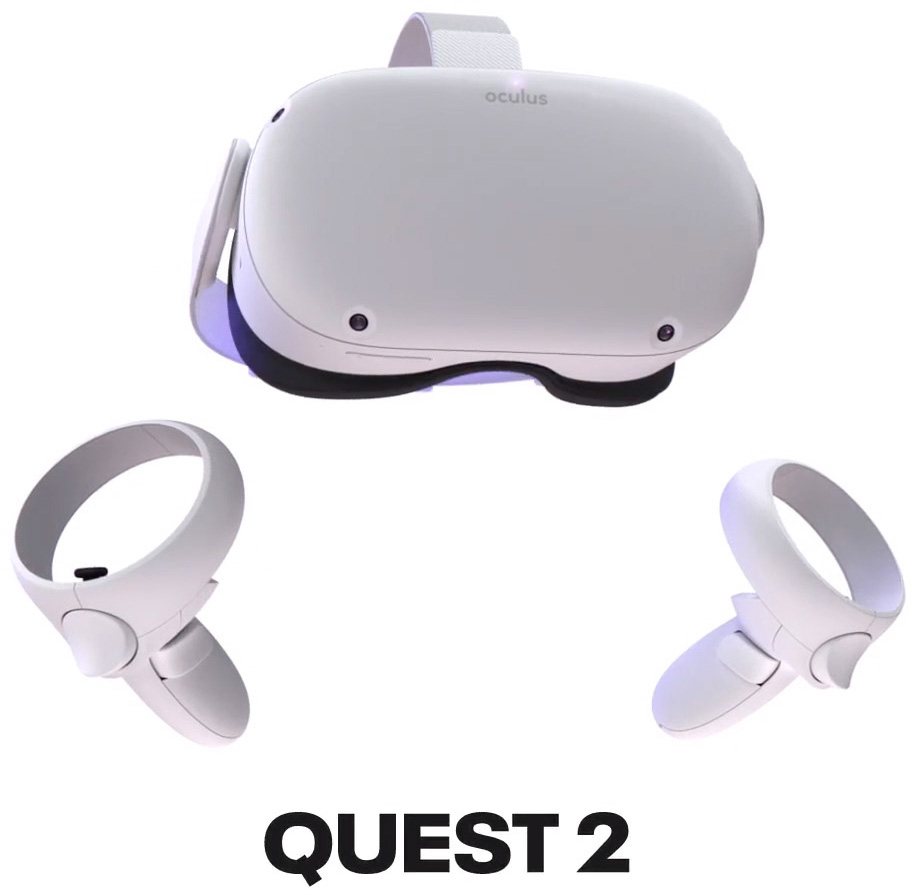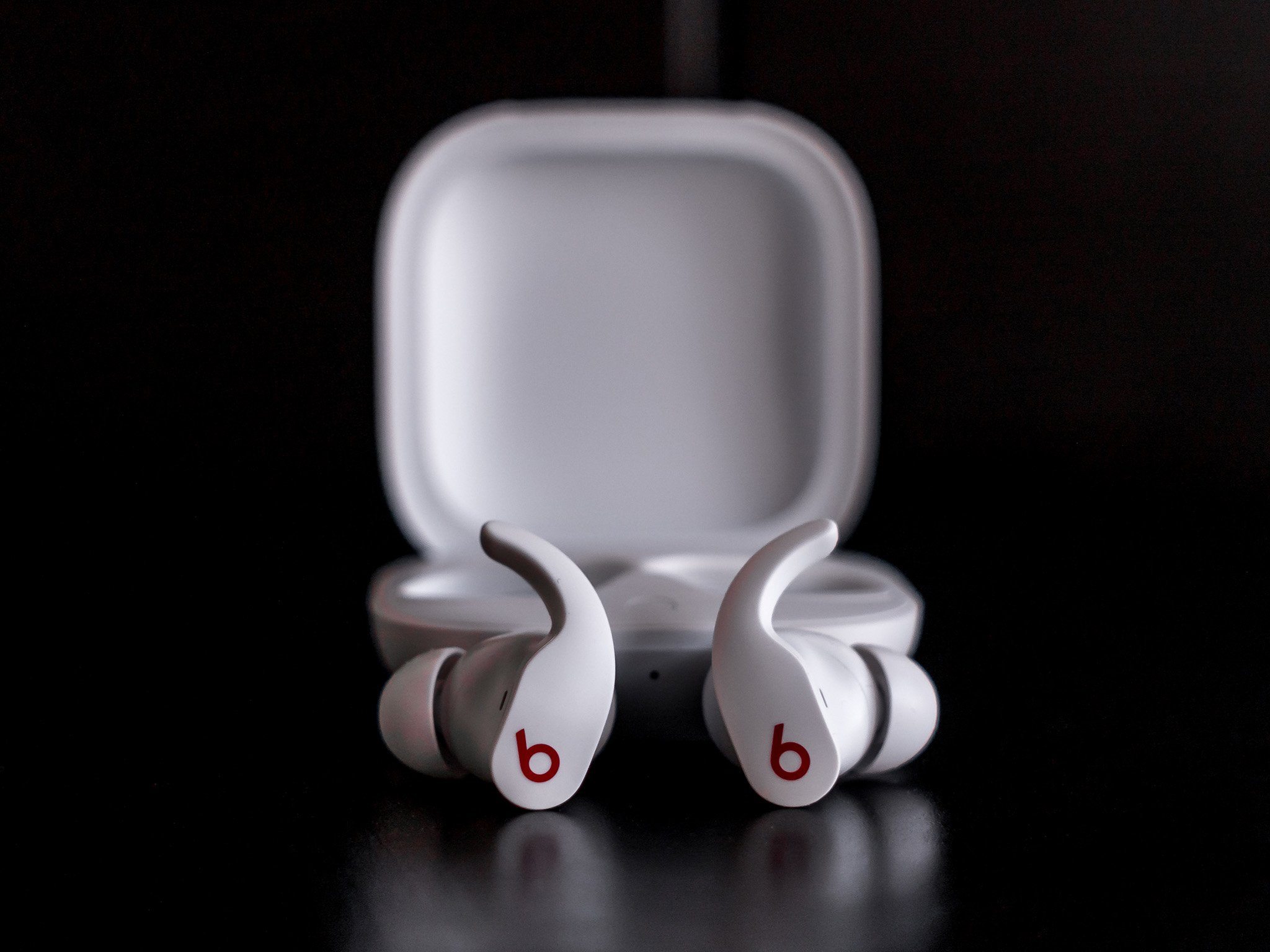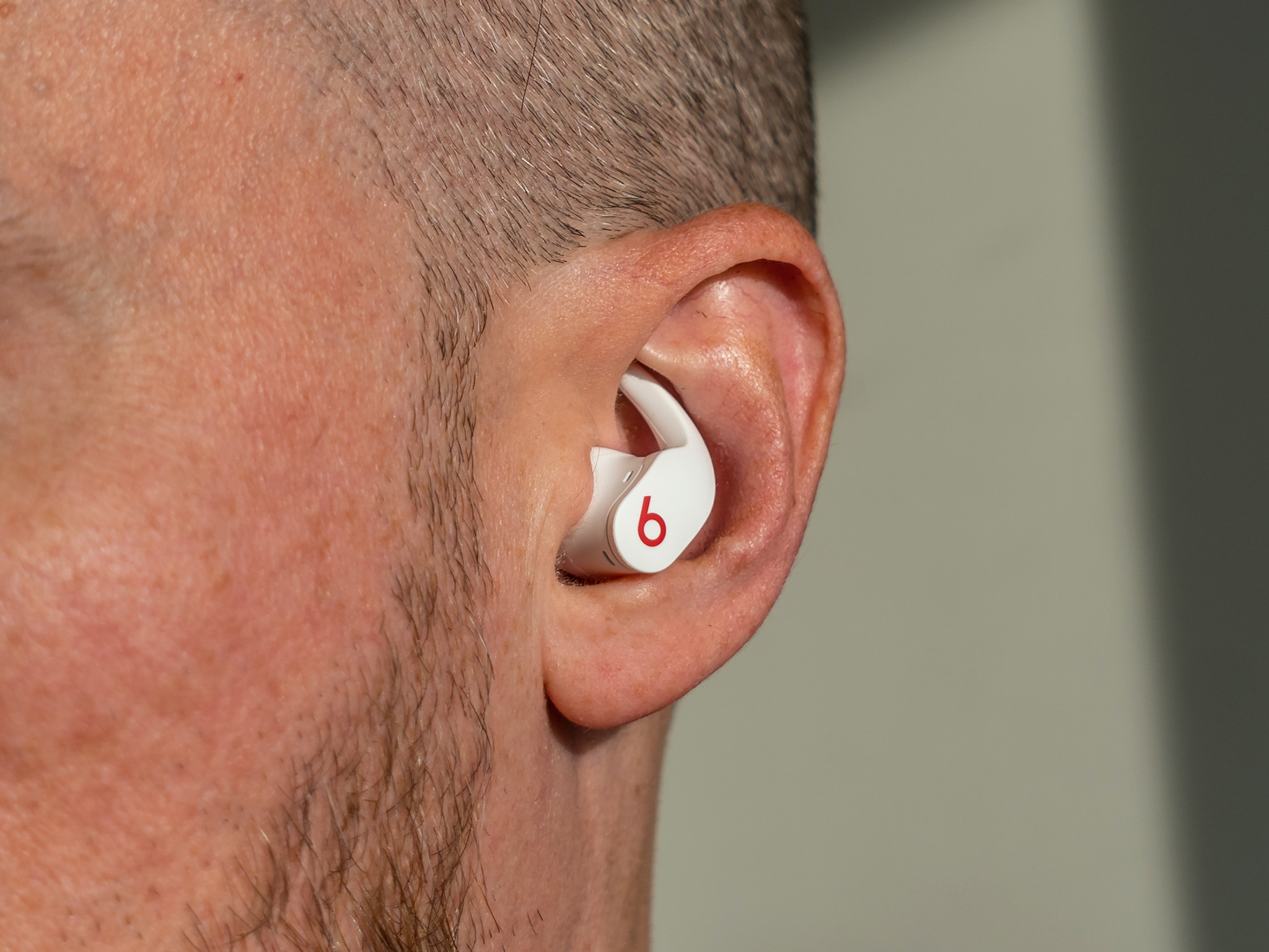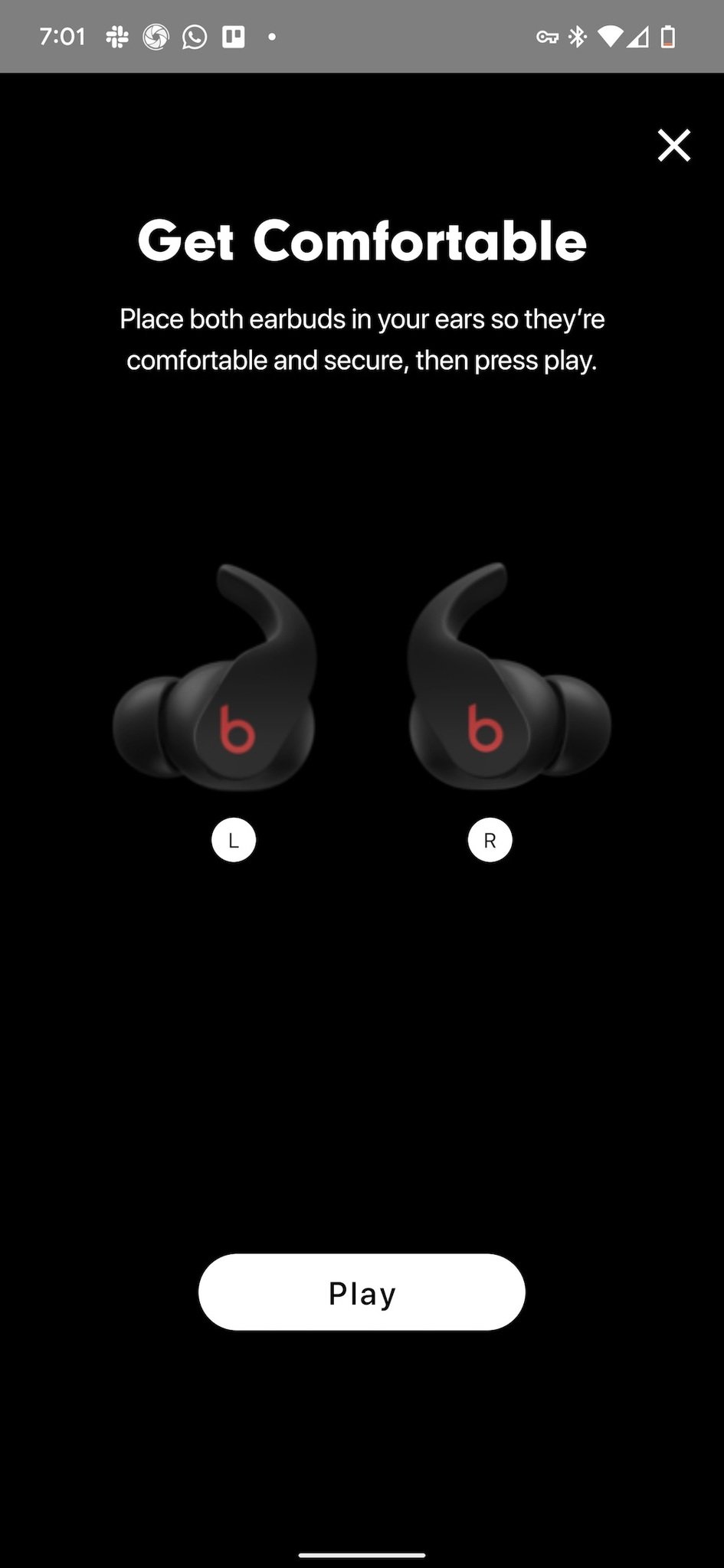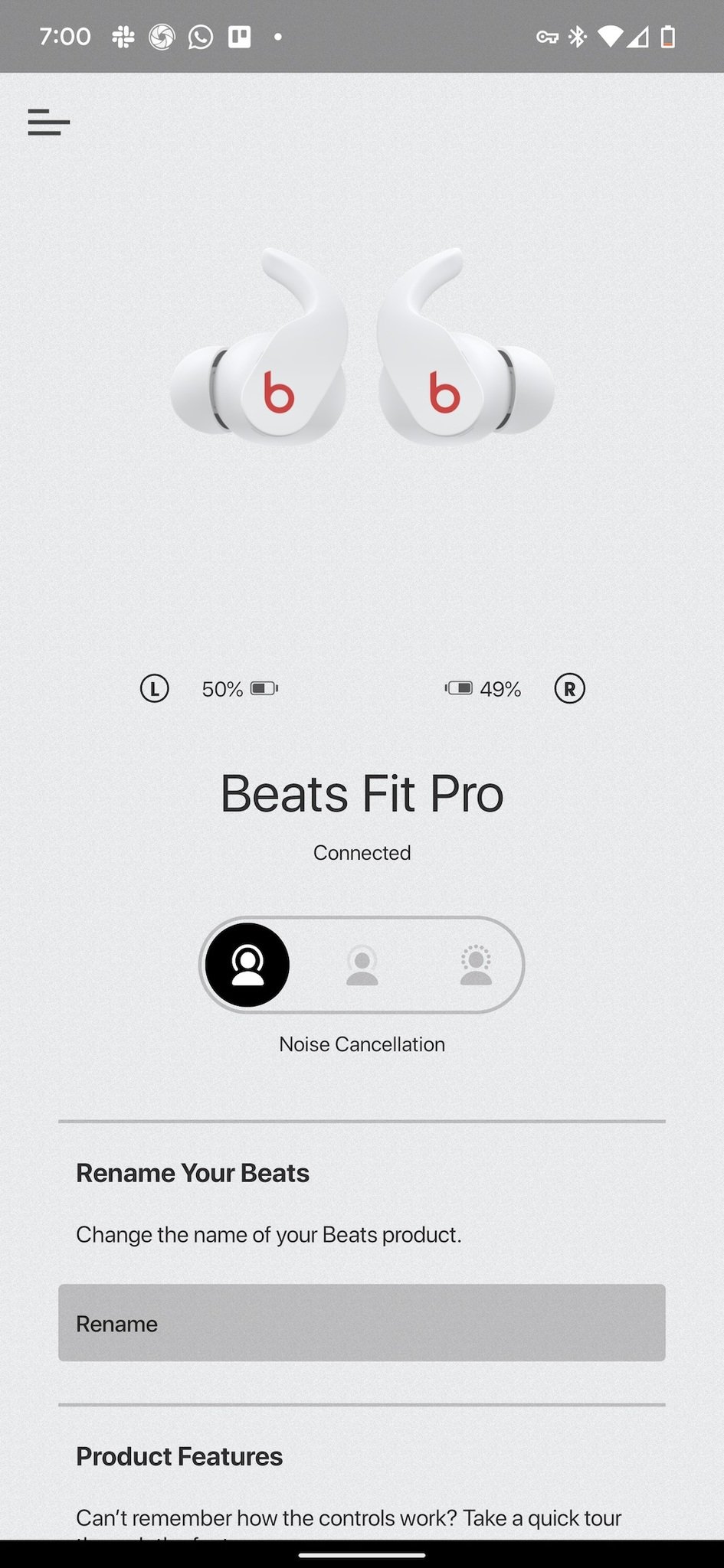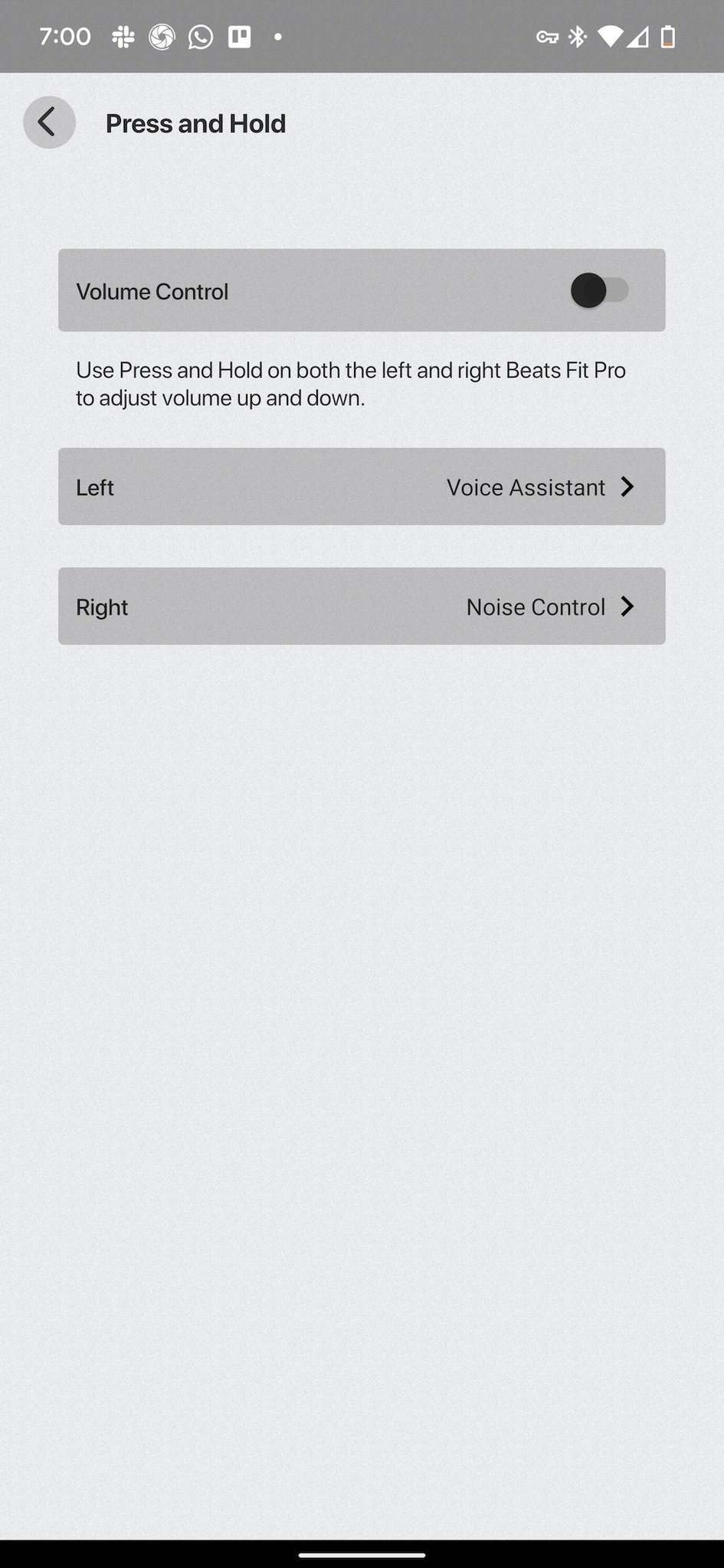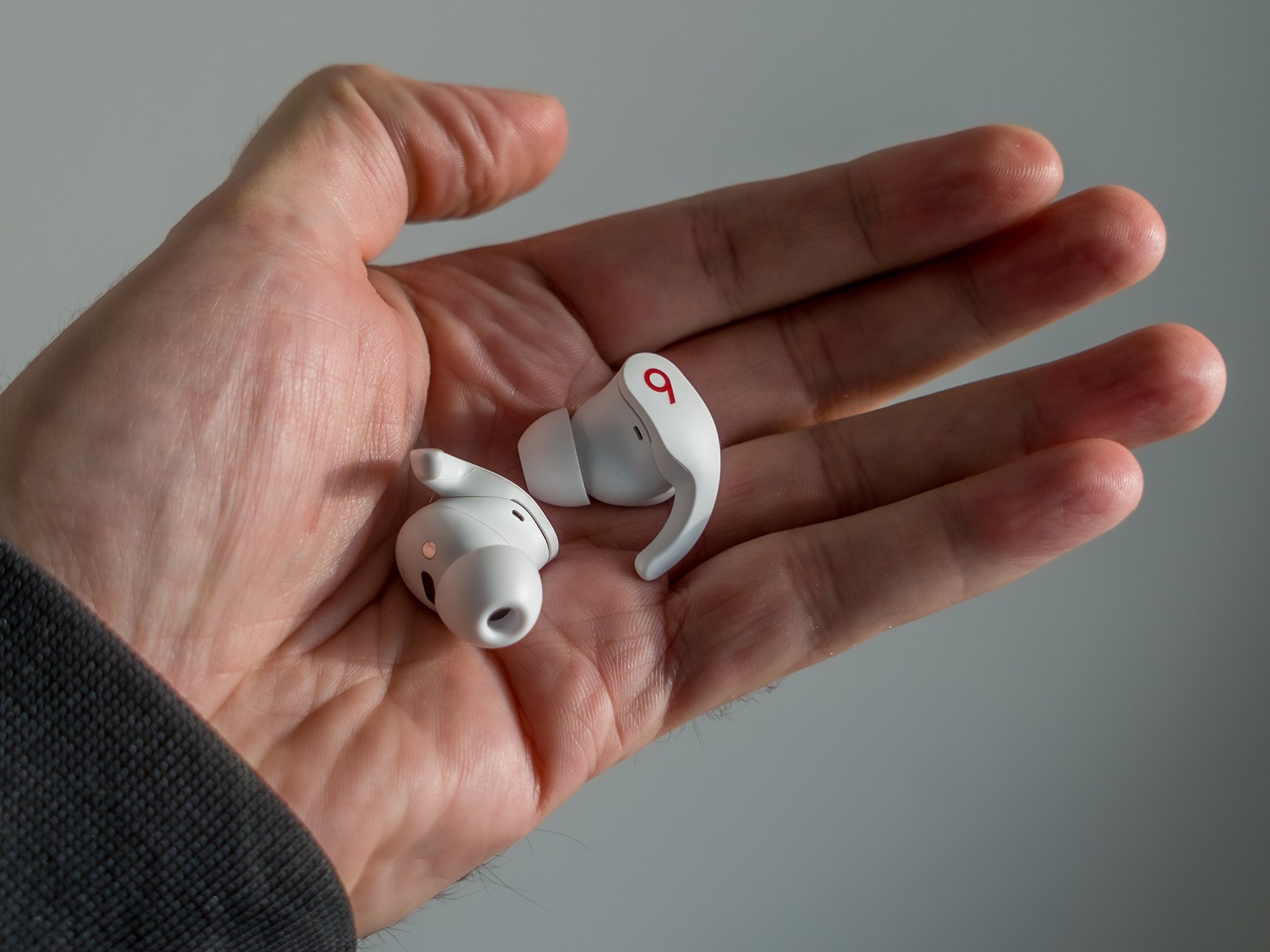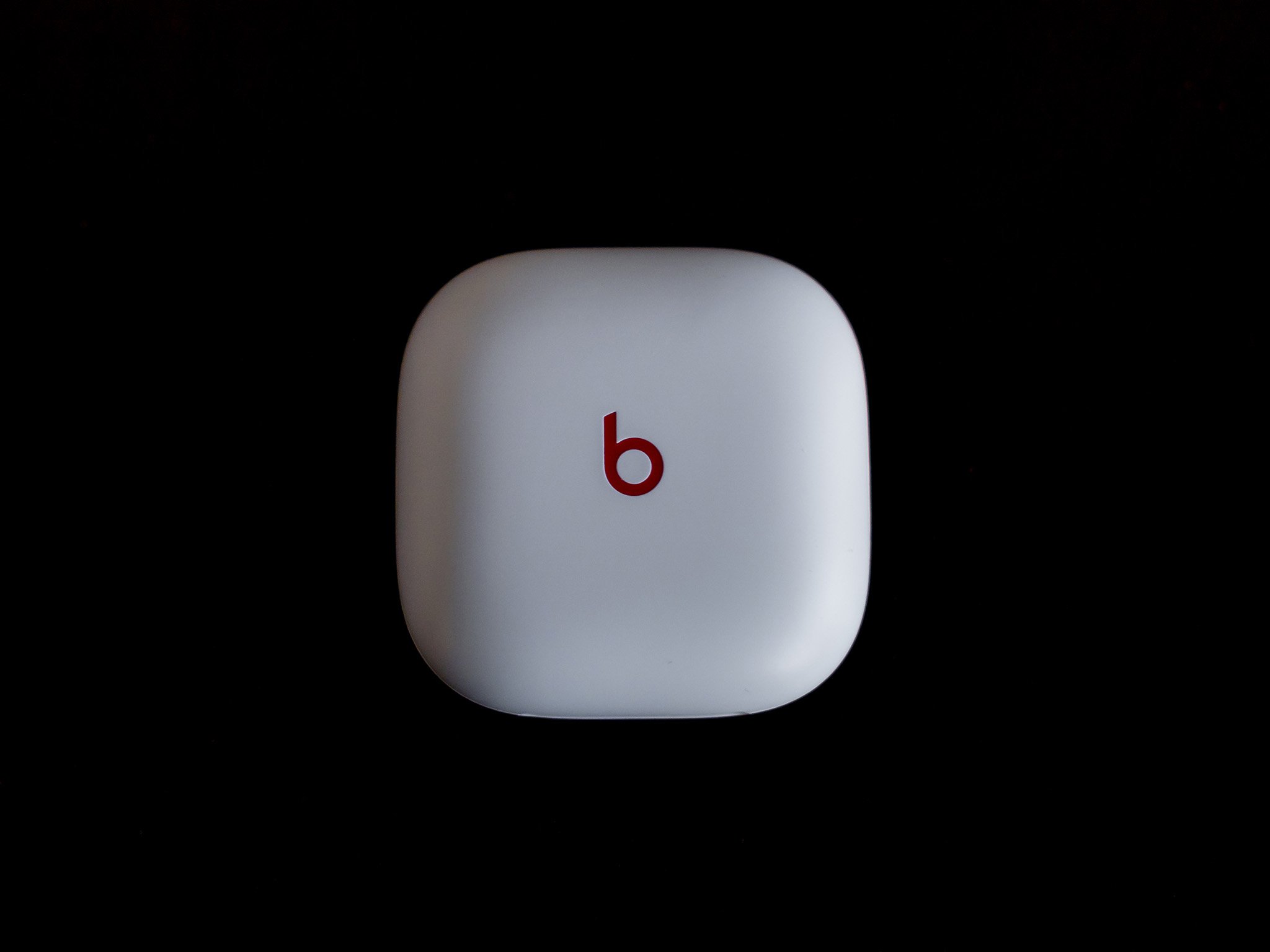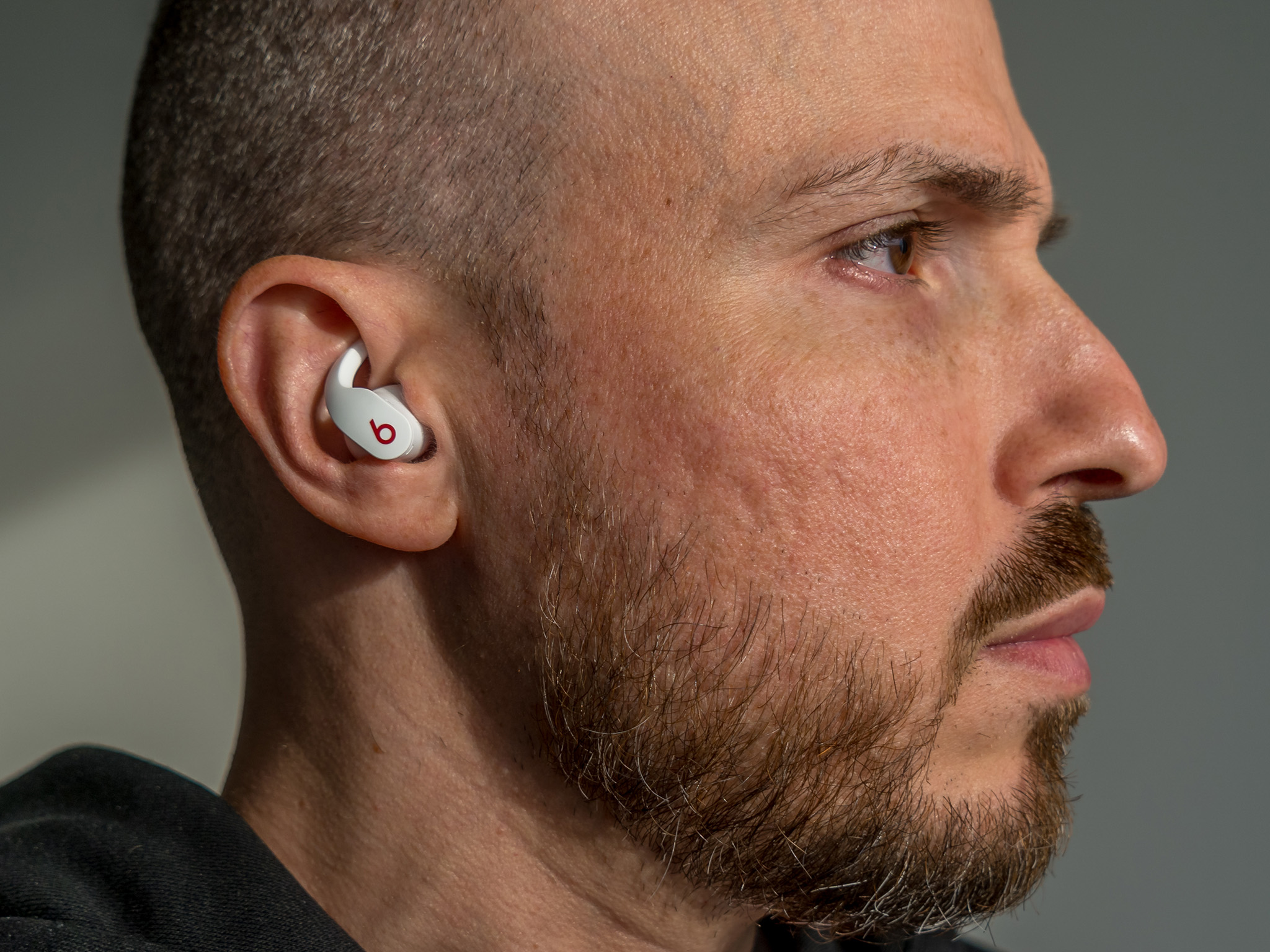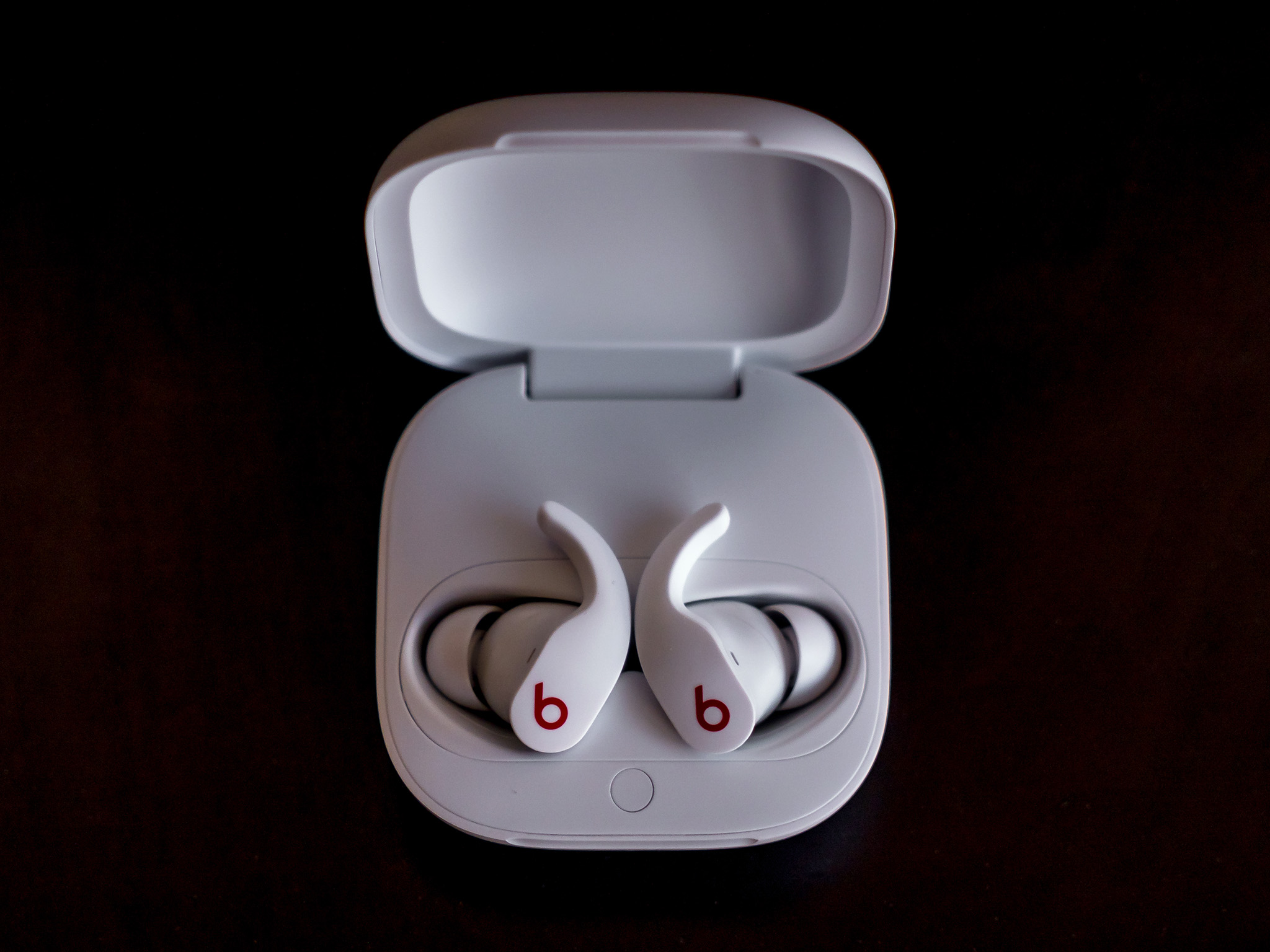The Snapdragon 8 Gen 1 aims to deliver significant performance gains in all areas.
At its annual tech summit, Qualcomm unveiled the Snapdragon 8 Gen 1, the chip manufacturer's 2022 flagship design. The Snapdragon 888 ended up powering the best Android phones of 2021, and Qualcomm is looking to do the same with next year's phones with the Snapdragon 8 Gen 1. To that effect, the platform has picked up a lot of changes.
First and foremost is the change in naming. Qualcomm was running out of numerals with its current Snapdragon 8xx convention, and with the series hitting its tenth year, the company wanted to overhaul the naming with this generation.
Going forward, all models in the Snapdragon portfolio will feature a single-digit naming system; Qualcomm says this was done to make it easier for users to figure out what they're buying. And you'll notice that there's no Qualcomm in the naming — that's intentional, with the Snapdragon moniker being spun off as its own brand.
Of course, going with a single-digit naming convention makes things harder to differentiate chipsets between years, so Qualcomm is calling the first chipset the Snapdragon 8 Gen 1. Now, this makes sense if there's just a single design yearly, but Qualcomm likes to roll out several variants within the same series; for 2021, we got the Snapdragon 888, Snapdragon 870, and the Snapdragon 888+.
So how will this work with the new naming? Qualcomm doesn't say, and I'm sure it is bound to create a lot of confusion instead of clearing it up. With that out of the way, let's take a look at all the new features in the Snapdragon 8 Gen 1, and why you should be excited.
Snapdragon 8 Gen 1 is coming to these phones in 2022
The Snapdragon 8 Gen 1 will make its way into devices from over 15 manufacturers, including the likes of the Galaxy S22, Xiaomi 12, OnePlus 10, OPPO Find X5, Vivo X80, and a lot more.
Xiaomi has already revealed that its 2022 flagship will be the first to feature the Snapdragon 8 Gen 1 globally, and with a launch scheduled for sometime in December, we don't have to wait too long to find out what's in store with the device. Here's the full list of manufacturers using the Snapdragon 8 Gen 1:
- Xiaomi
- Redmi
- OnePlus
- OPPO
- Vivo
- Realme
- Nubia
- Black Shark
- Motorola
- iQOO
- Honor
- Sony
- ZTE
- SHARP
Snapdragon 8 Gen 1 features the latest cores
Last year's Snapdragon 888 saw the introduction of the Cortex X1 core, and its goal was to do one thing: deliver the best possible performance. It has managed to do that, and with the Snapdragon 8 Gen 1, we're seeing the debut of the Cortex X2. Like the last few years, Qualcomm is going with a three-cluster design, with the X2 joined by the A710 and A510 cores.
Switching to Arm's v9 cores means the Snapdragon 8 Gen 1 is 20% faster than the Snapdragon 888.
Another factor to consider here is that all three cores are based on the Arm v9 mobile architecture, delivering most of the performance gains we're seeing this generation. In addition to the X2 core that goes up to 3.0GHz, the Snapdragon 8 Gen 1 has three A710 cores clocked at 2.5GHz, and four energy-efficient A510 cores at up to 1.8GHz.
The combination of the new cores and increased frequencies means Qualcomm is touting a heady 20% increase in performance over last year, and that's interesting in and of itself because the Snapdragon 888 continues to be a standout performer. The Snapdragon 8 Gen 1 is built on Samsung's 4nm node, and the shift from the 5nm should deliver better efficiency. Qualcomm claims up to 30% better efficiency with the same performance as the Snapdragon 888, and we'll have to see if that holds up in real-world use. The Snapdragon 888 was underwhelming in this area, so I'm looking forward to seeing if Qualcomm fixed last year's shortcomings.
Interestingly, Qualcomm isn't the first to use Arm's v9 cores, with MediaTek announcing its challenger a few weeks ago in the Dimensity 9000. Normally, MediaTek's efforts are focused on the mid-range segment and its flagship chipsets haven't seen many design wins globally. That could change in 2022 thanks to a very aggressive design that is on par with what Qualcomm is offering here.
Snapdragon 8 Gen 1 is a gaming powerhouse
Qualcomm is switching up the naming of the Adreno designs as well, and is now just using the Adreno moniker without any model numbers. That's bound to make things needlessly convoluted down the line, but the GPU itself has a lot to offer.
The new Adreno GPU delivers a 30% uptick in performance from the Adreno 660.
For one thing, Qualcomm says the new Adreno GPU delivers up to 25% better efficiency at the same performance than the Adreno 660. That's a big deal, and in terms of performance gains the new Adreno provides a 30% uptick over last year. There's a new motion engine that's designed to deliver better fps figures while maintaining the same power levels, updates to variable shading, and a new toolkit that mobile game makers can use to take full advantage of the new features.
With mobile gaming revenue now at $90 billion — over half of the $175 billion that makes up the gaming industry — Qualcomm is doubling down with a custom G3x Gen 1 Gaming Platform that has better thermal performance. The chipset is designed for handheld gaming consoles similar to the Steam Deck, and Qualcomm is making a reference design available for hardware vendors. The reference design is made by Razer, and Qualcomm notes that other manufacturers can use the G3x Gen 1 Gaming Platform to build their own handheld consoles.
Snapdragon 8 Gen 1 takes mobile imaging to dizzying heights
Over the last two years, Qualcomm introduced incredible new features to its mobile ISPs, and that hasn't changed for 2022. This time, there's an 18-bit ISP (up from 14-bit) under the hood, and it has the ability to shoot 240 12MP photos in one second.
Look forward to big gains in low-light and portrait photos from 2022 flagships.
It includes AI-based face detection, with more than double the number of facial landmarks that can be detected by the new AI engine. There's also automatic chromatic aberration correction for the wide-angle lens, and 5x better night mode — it is now able to combine up to 30 shots into one image, leading to much more vibrant photos at night or low-light situations.
Interestingly, there are changes to HDR video as well, with Qualcomm introducing the ability to shoot at up to 8K in HDR 10+. There's a bokeh engine for 4K video as well, and the ability to shoot 8K HDR video and take 64MP stills at the same time.
Snapdragon 8 Gen 1 has global 5G and a new AI engine
With 5G connectivity going mainstream in a few markets, Qualcomm is doubling down on connectivity. The Snapdragon 8 Gen 1 features an integrated X65 modem with global 5G connectivity, and it now goes up to 10 Gigabit. Qualcomm also has a new FastConnect system with Wi-Fi 6E, Bluetooth 5.2, and Snapdragon Sound with AptX Lossless.
Rounding things off, the 7th gen AI engine is touted to be four times faster for day-to-day use cases. The Sensing Hub gets a multi-core engine that now includes a fourth ISP with an always-on camera, allowing for faster phone unlock. Basically, any phone that leverages this feature will have an always-on front camera that's powered by the Sensing Hub, and it will unlock the moment you look at your phone.
There is a lot to like in the Snapdragon 8 Gen 1, and it will be interesting to see just how much of a difference these gains will make in real-world use cases. With Xiaomi and other Android manufacturers set to roll out phones powered by the platform, we don't have to wait too long to find out.
That said, with MediaTek delivering a strong contender in the Dimensity 9000, Qualcomm finally has a rival that is on par in this category. If one thing's sure, 2022 flagships should be very interesting.
from Android Central - Android Forums, News, Reviews, Help and Android Wallpapers https://ift.tt/3EiLwDy
via IFTTT

